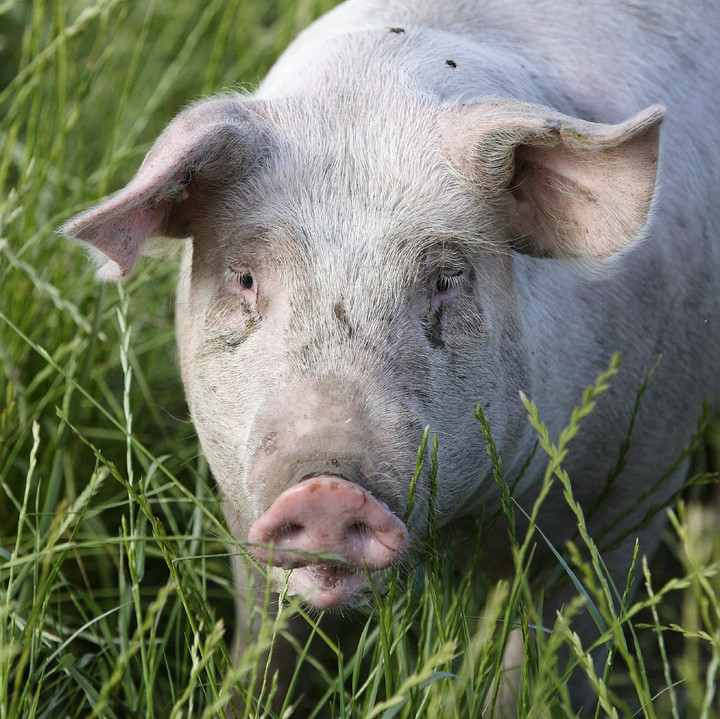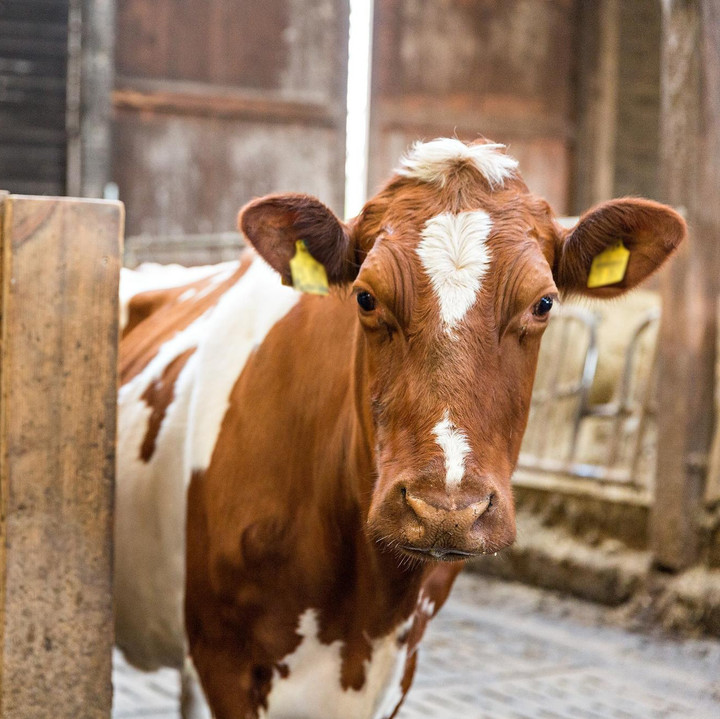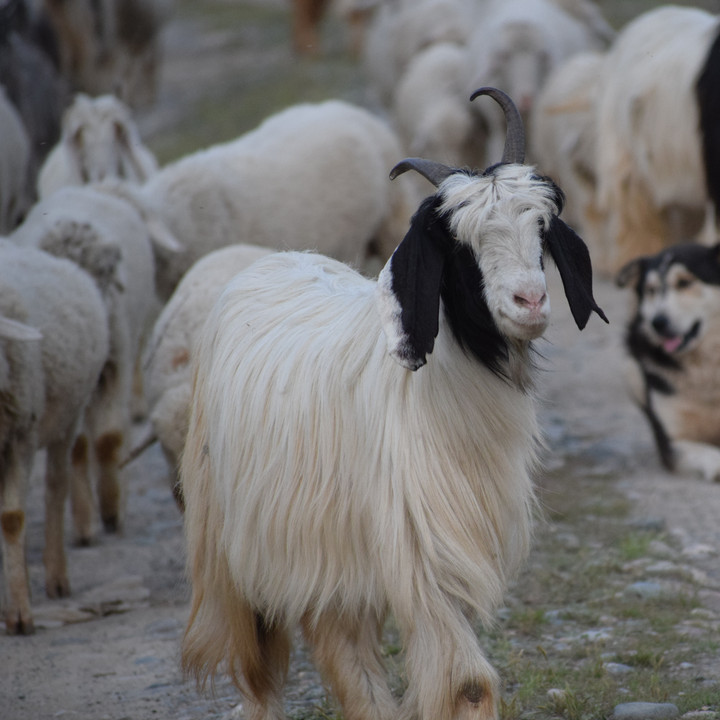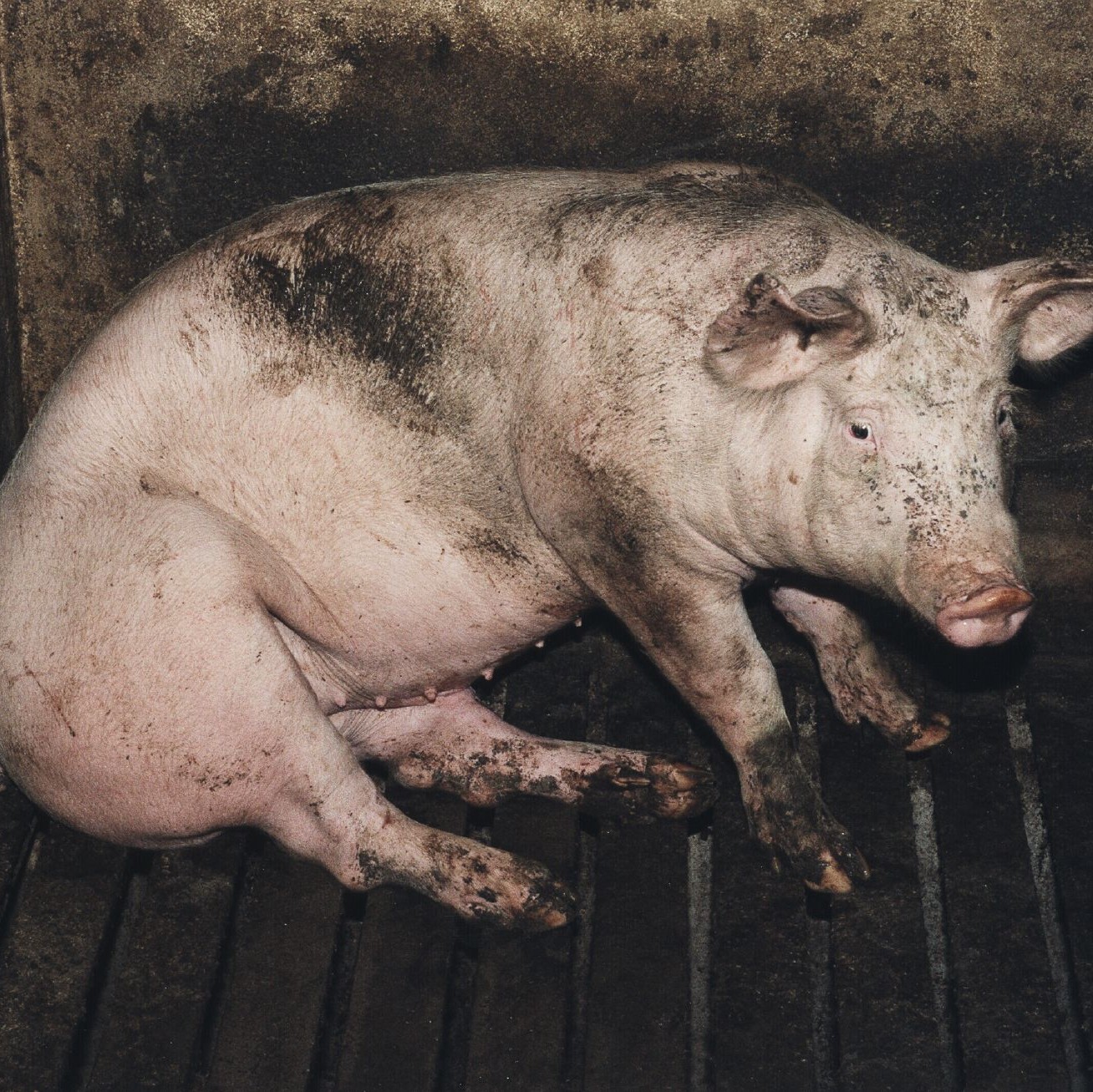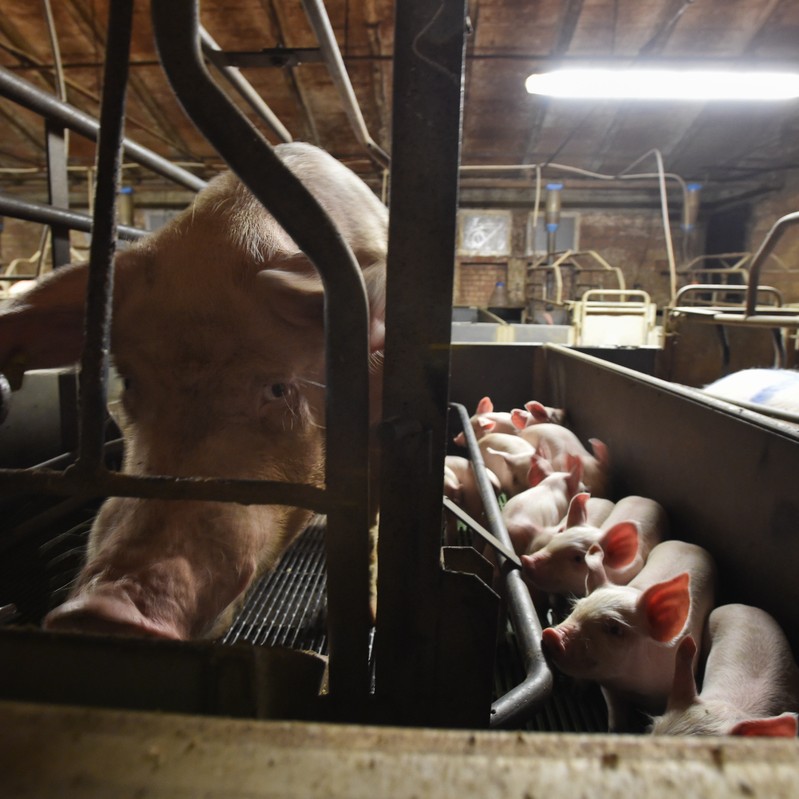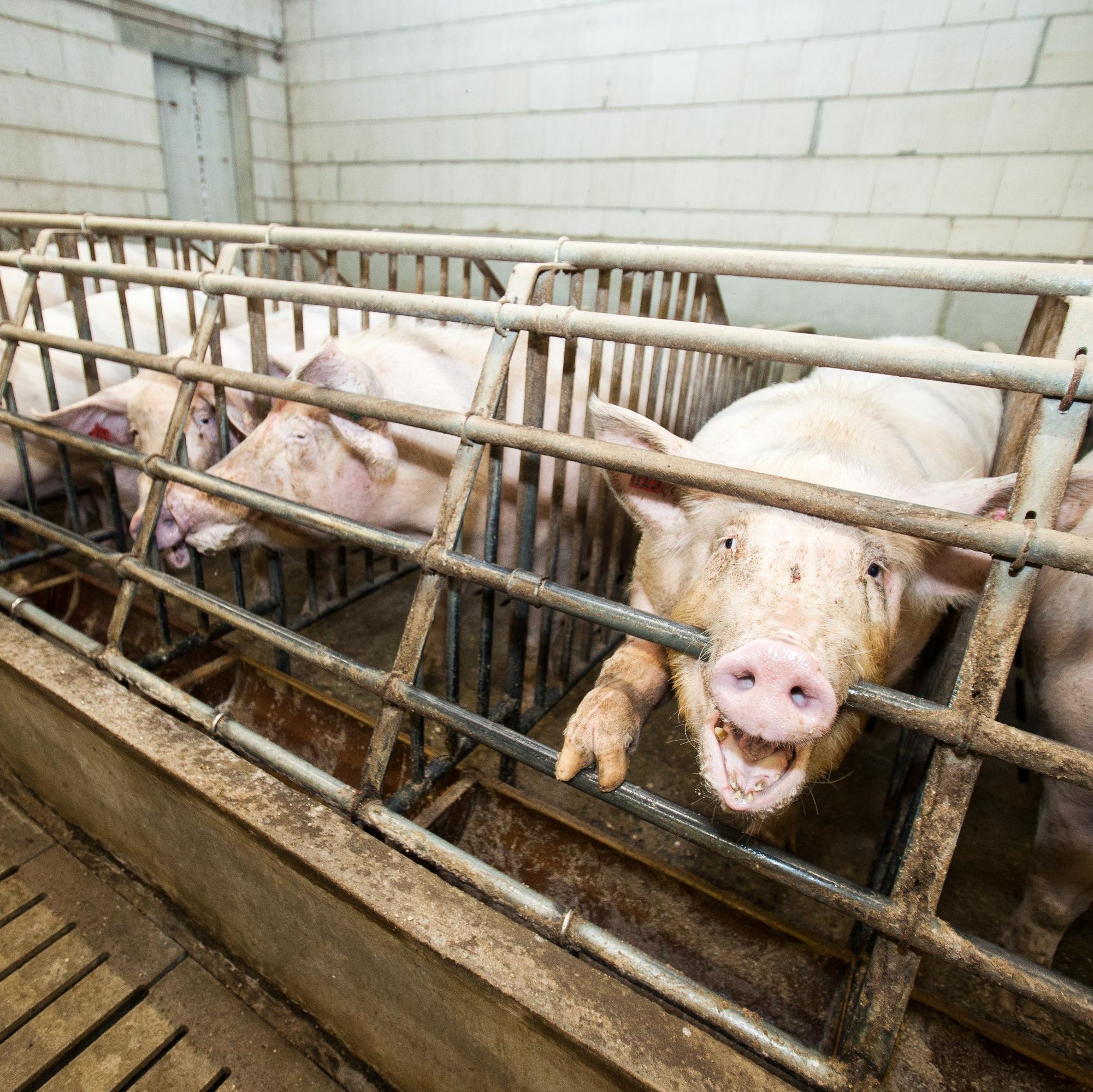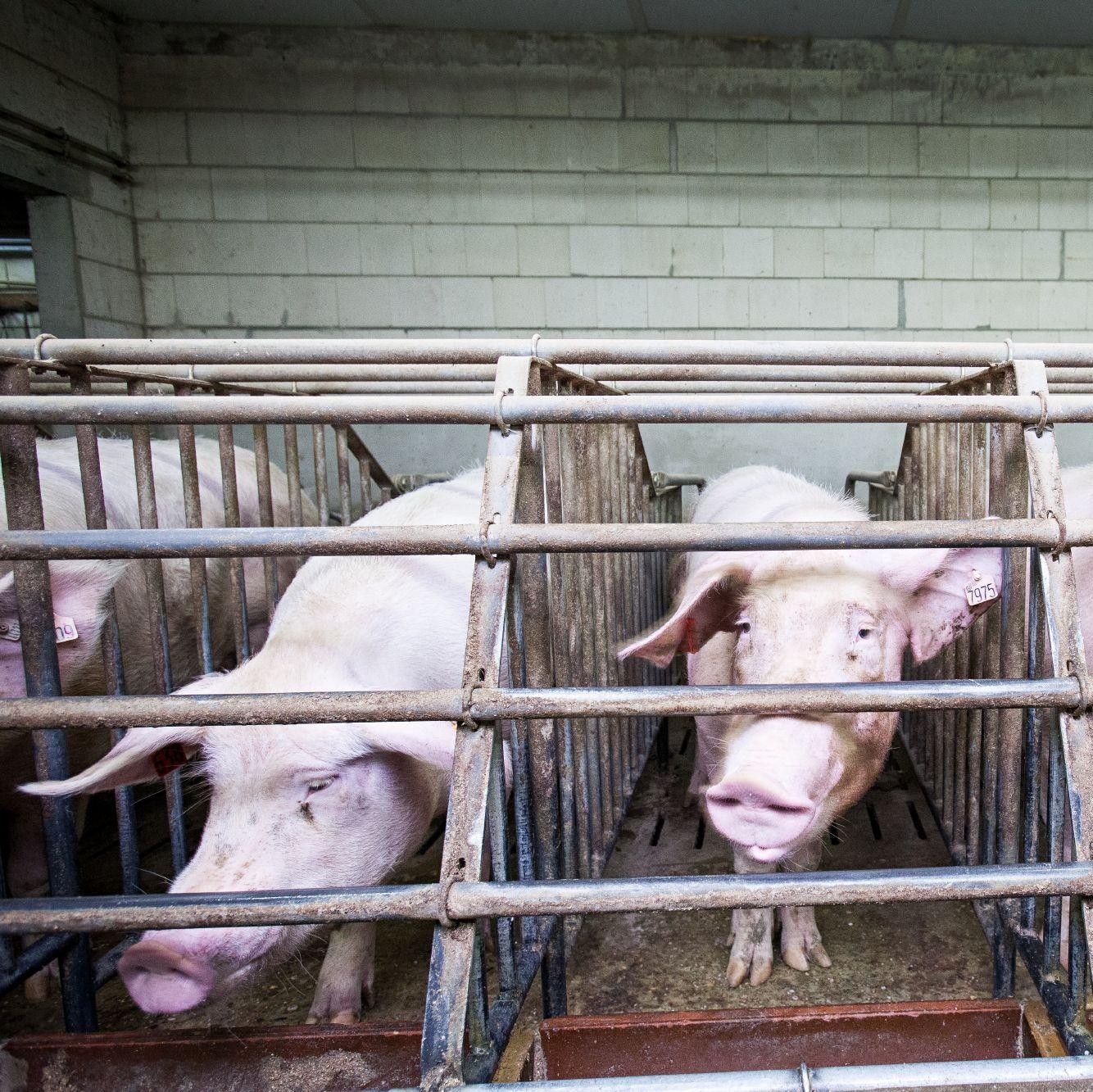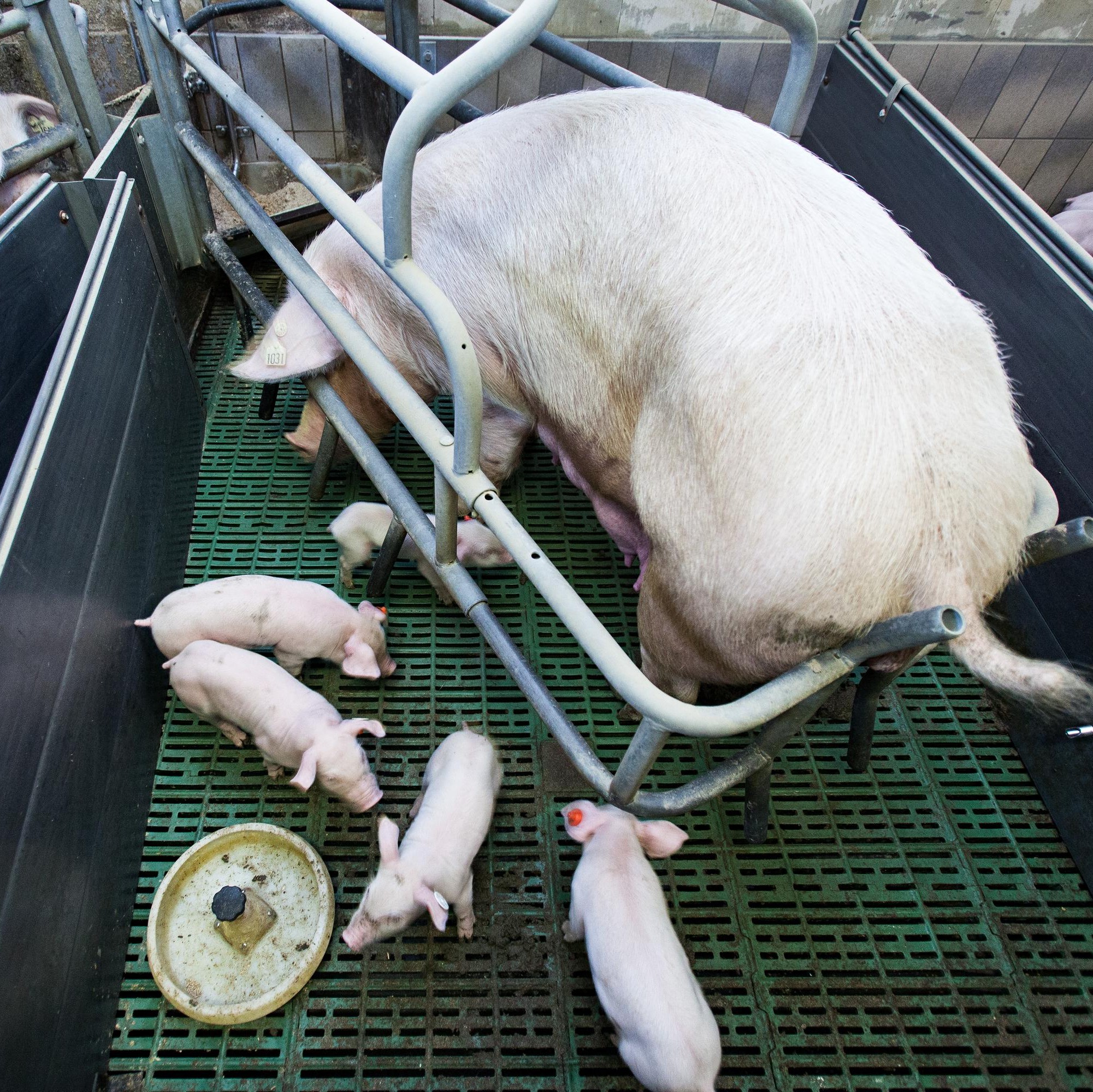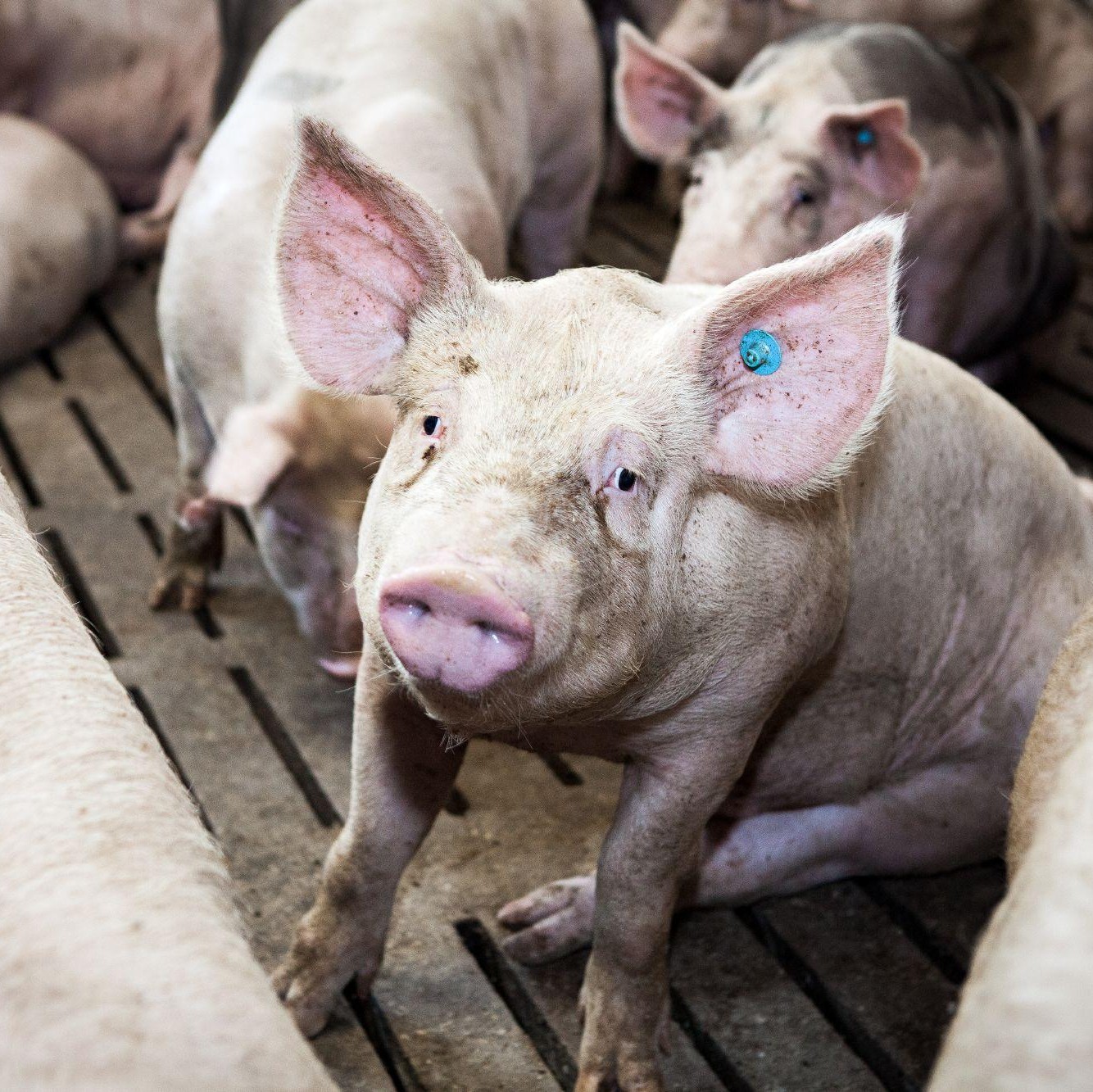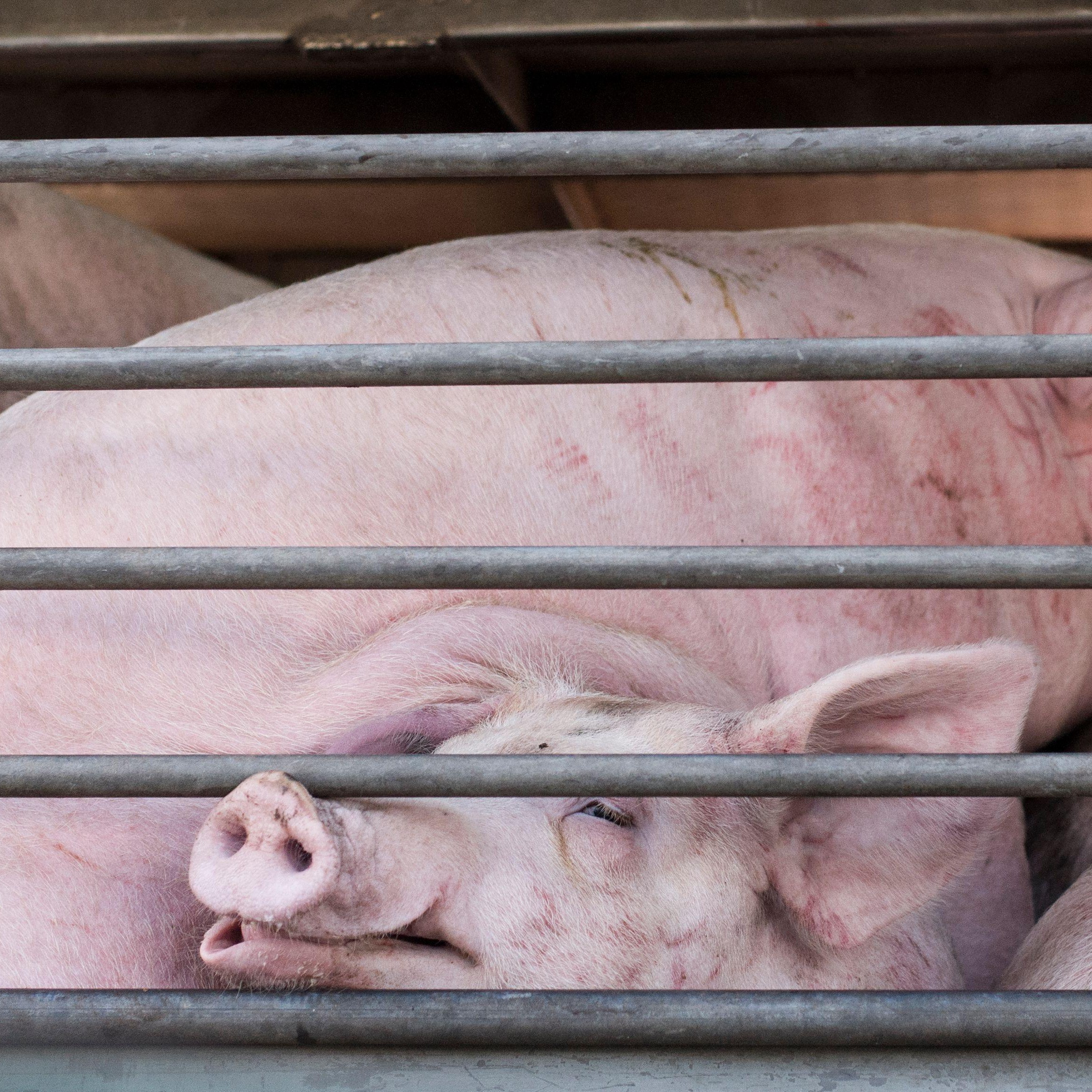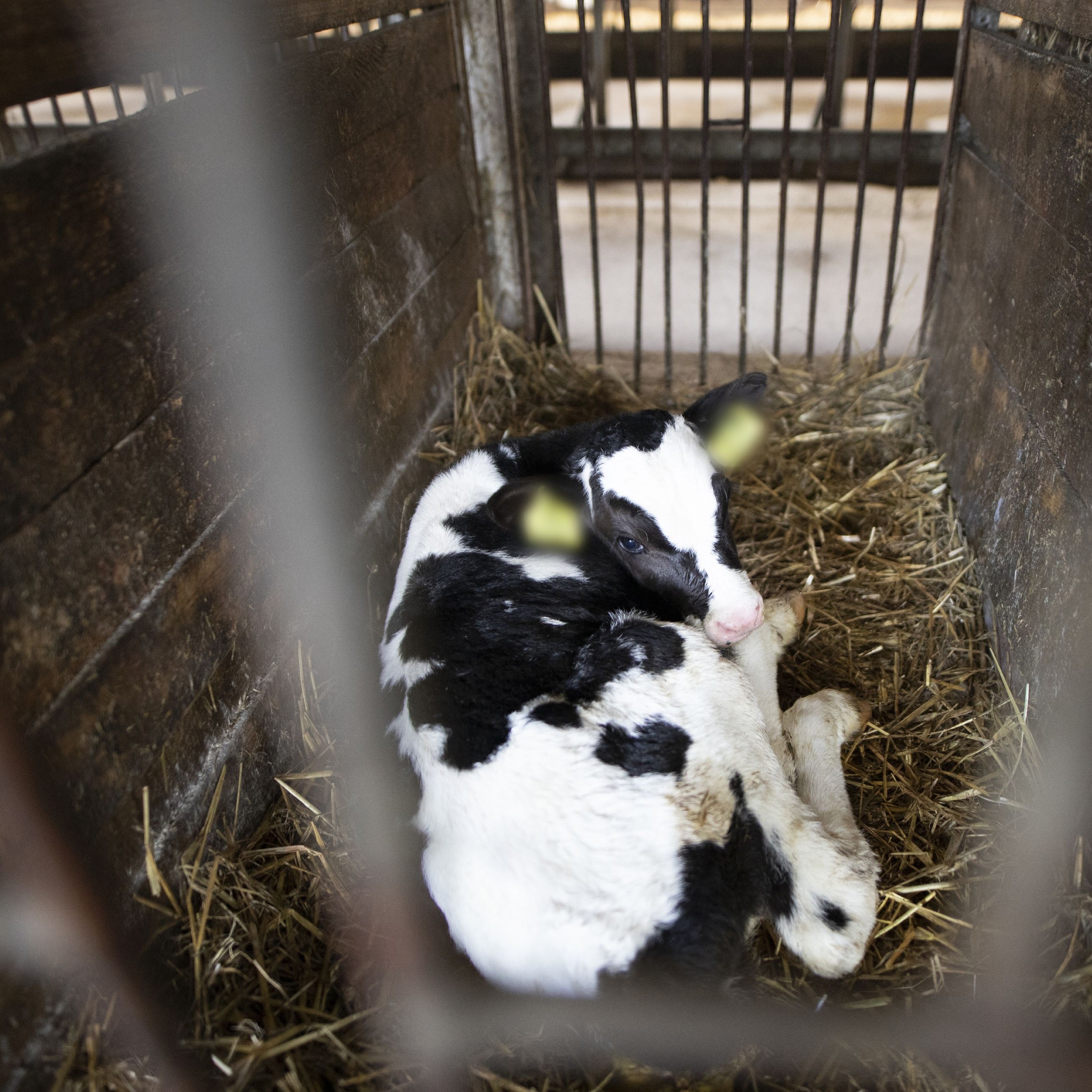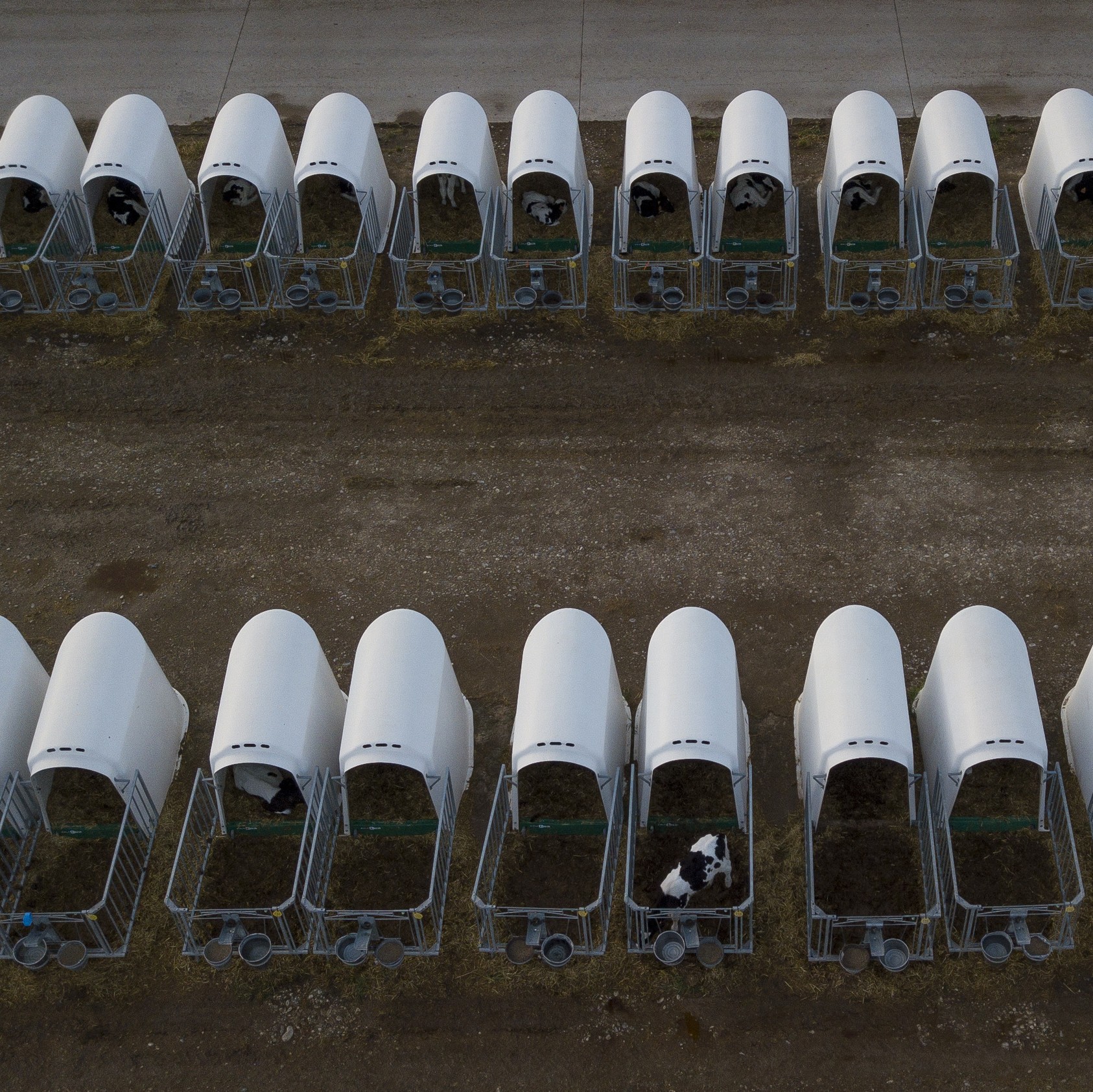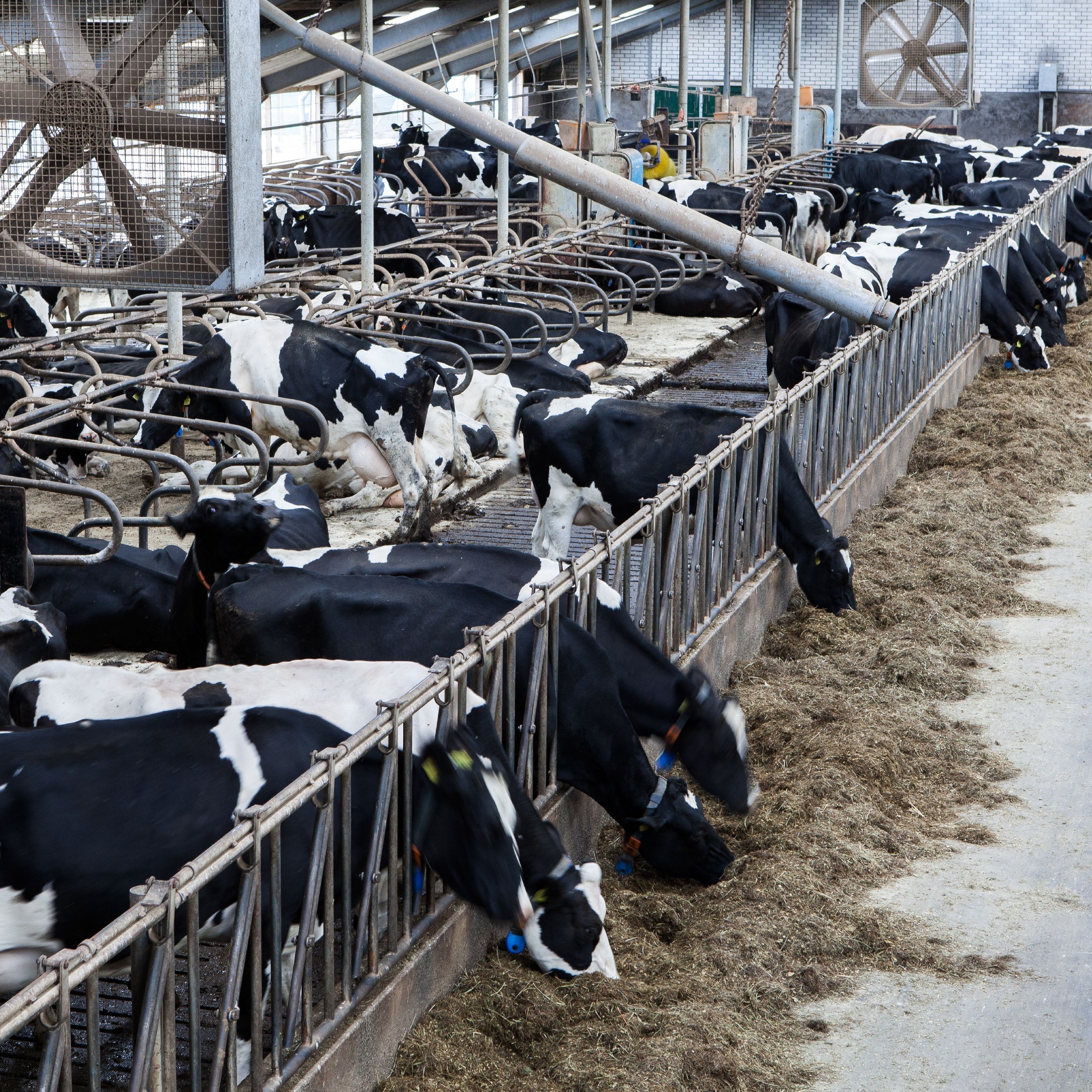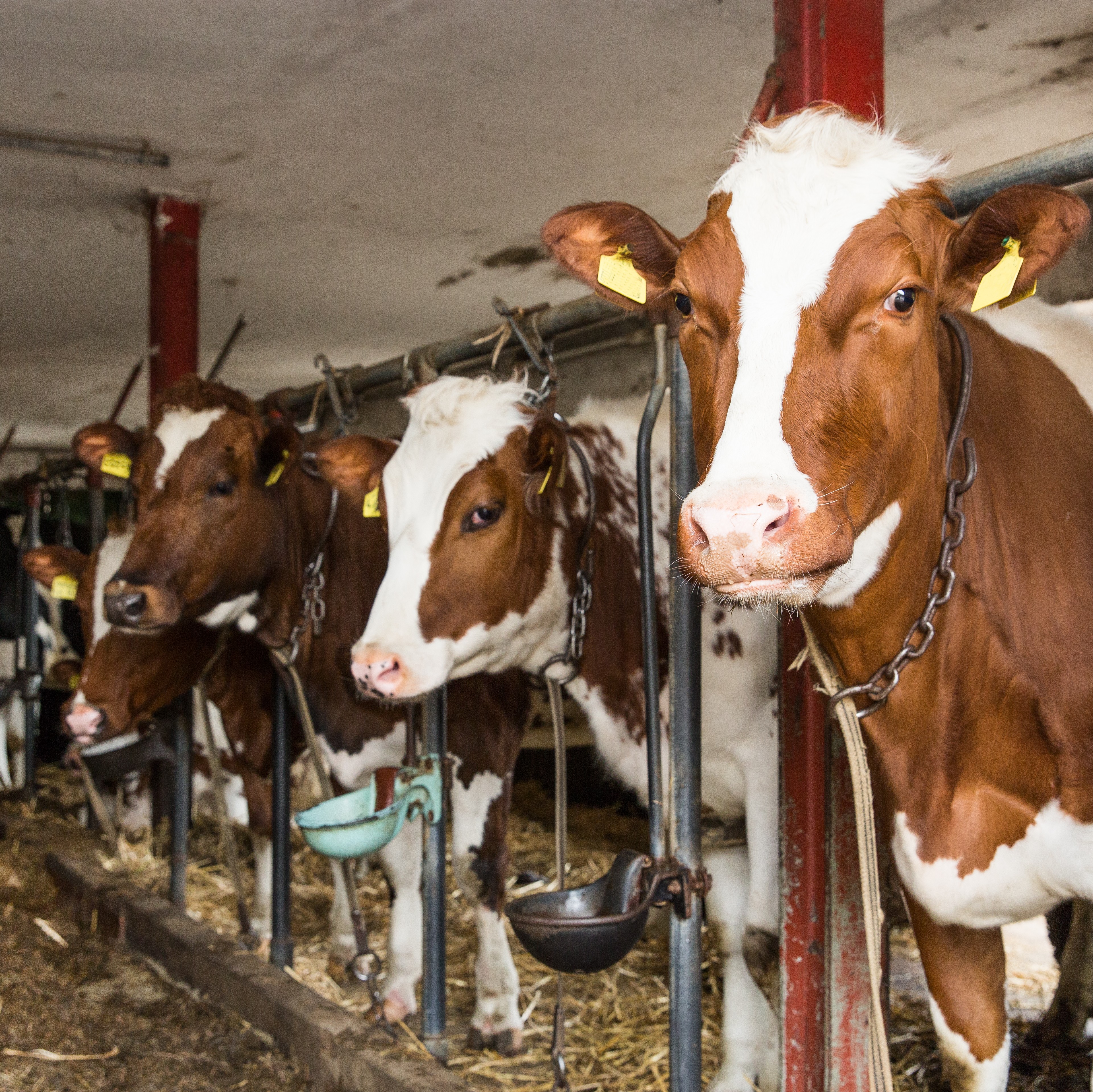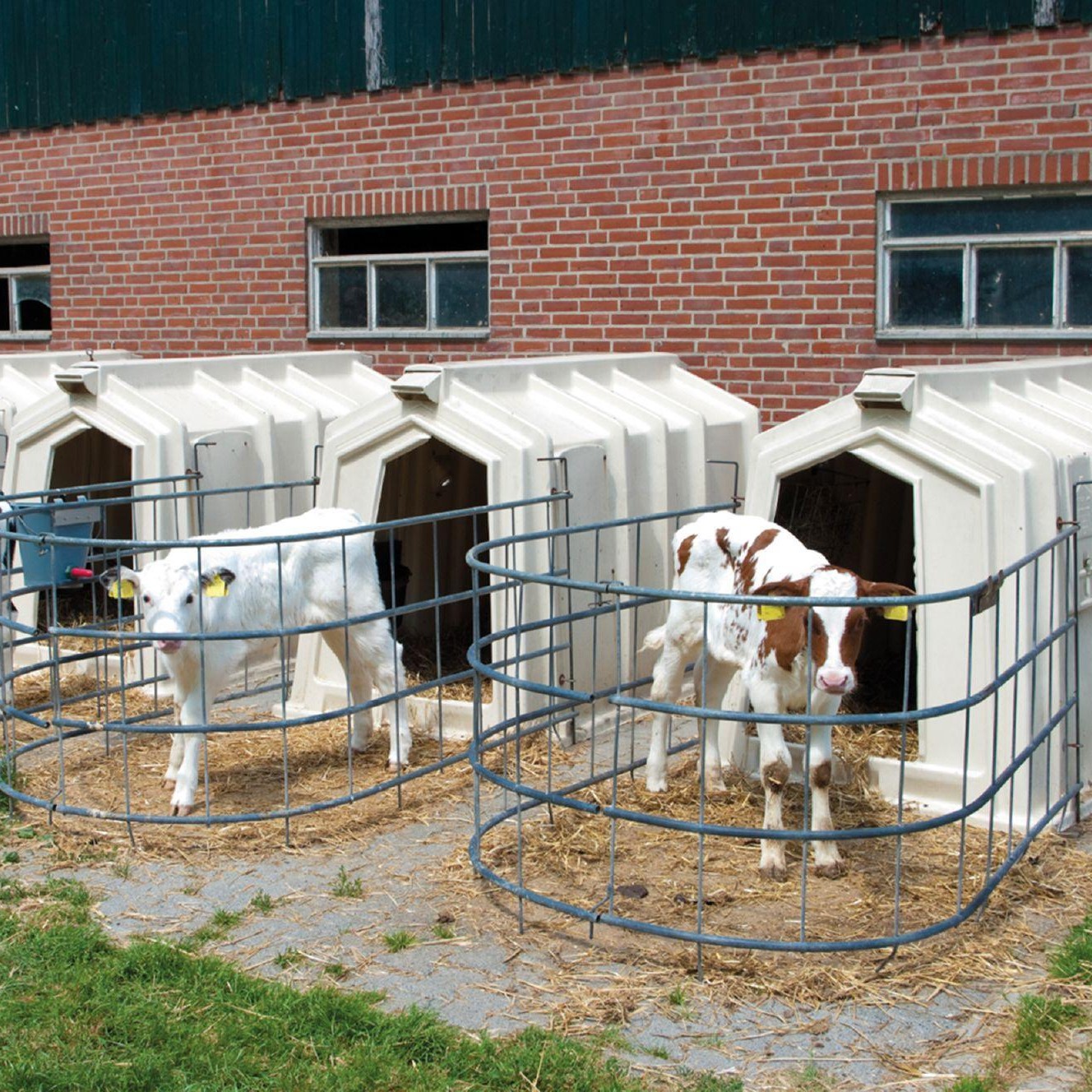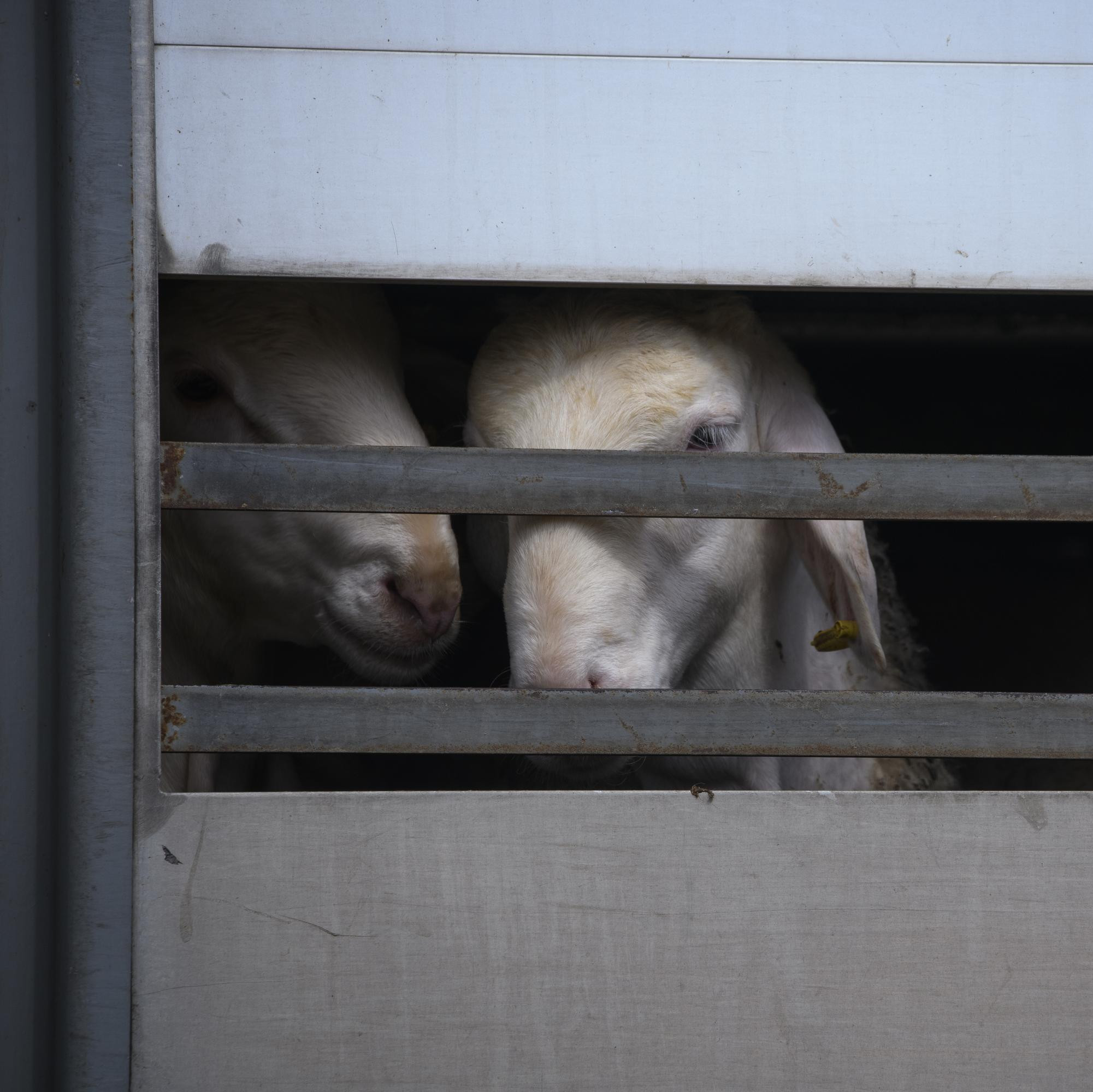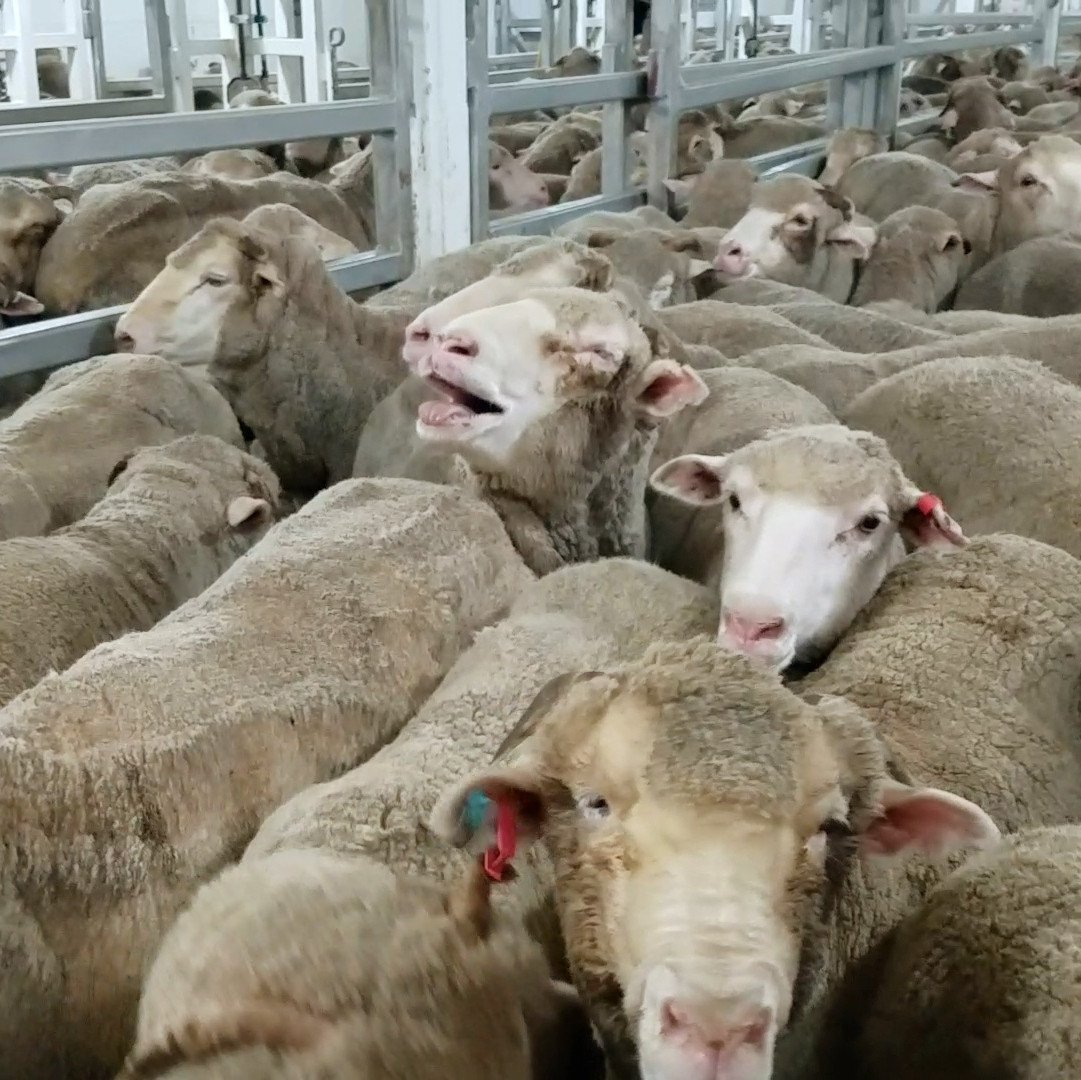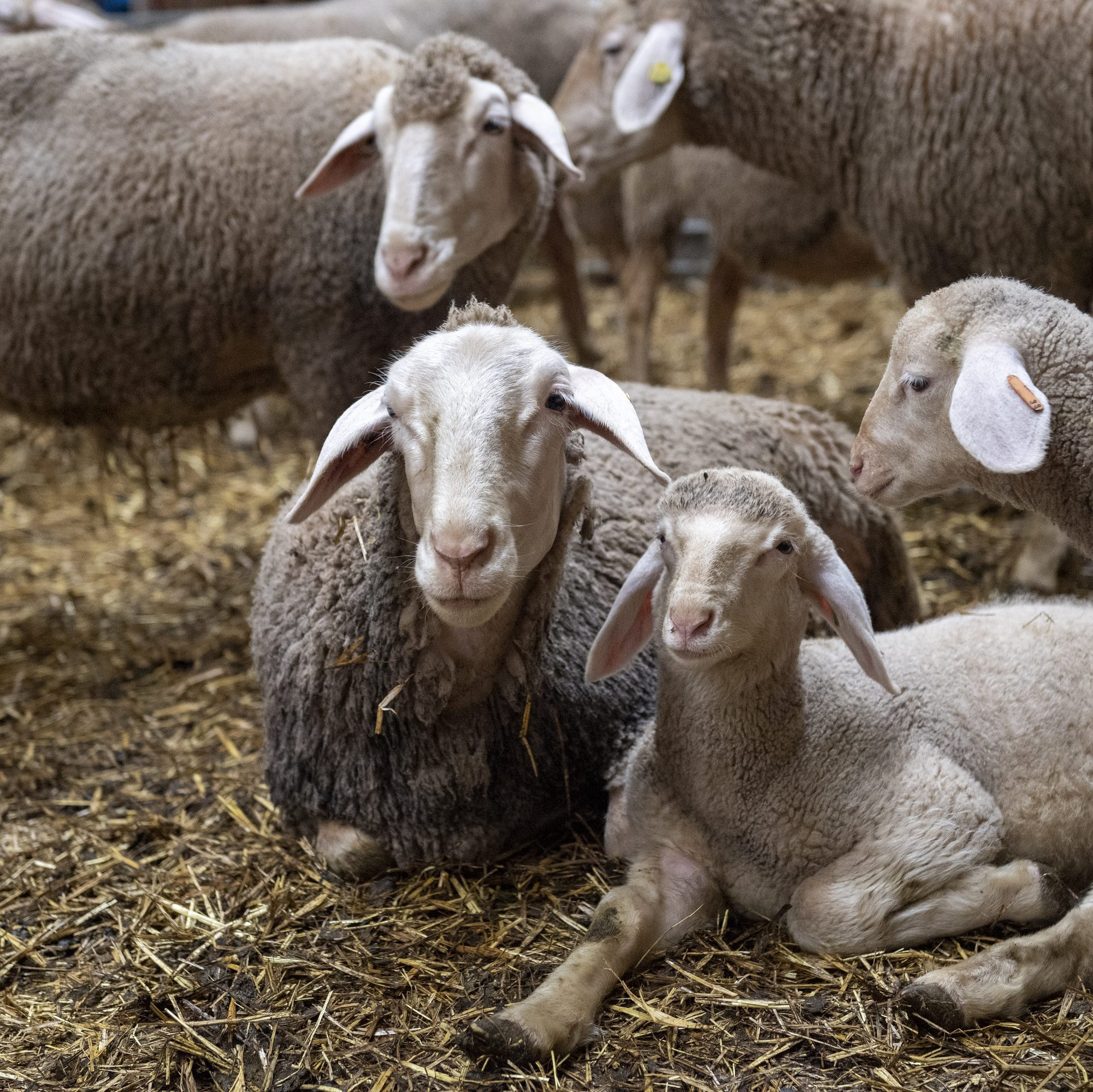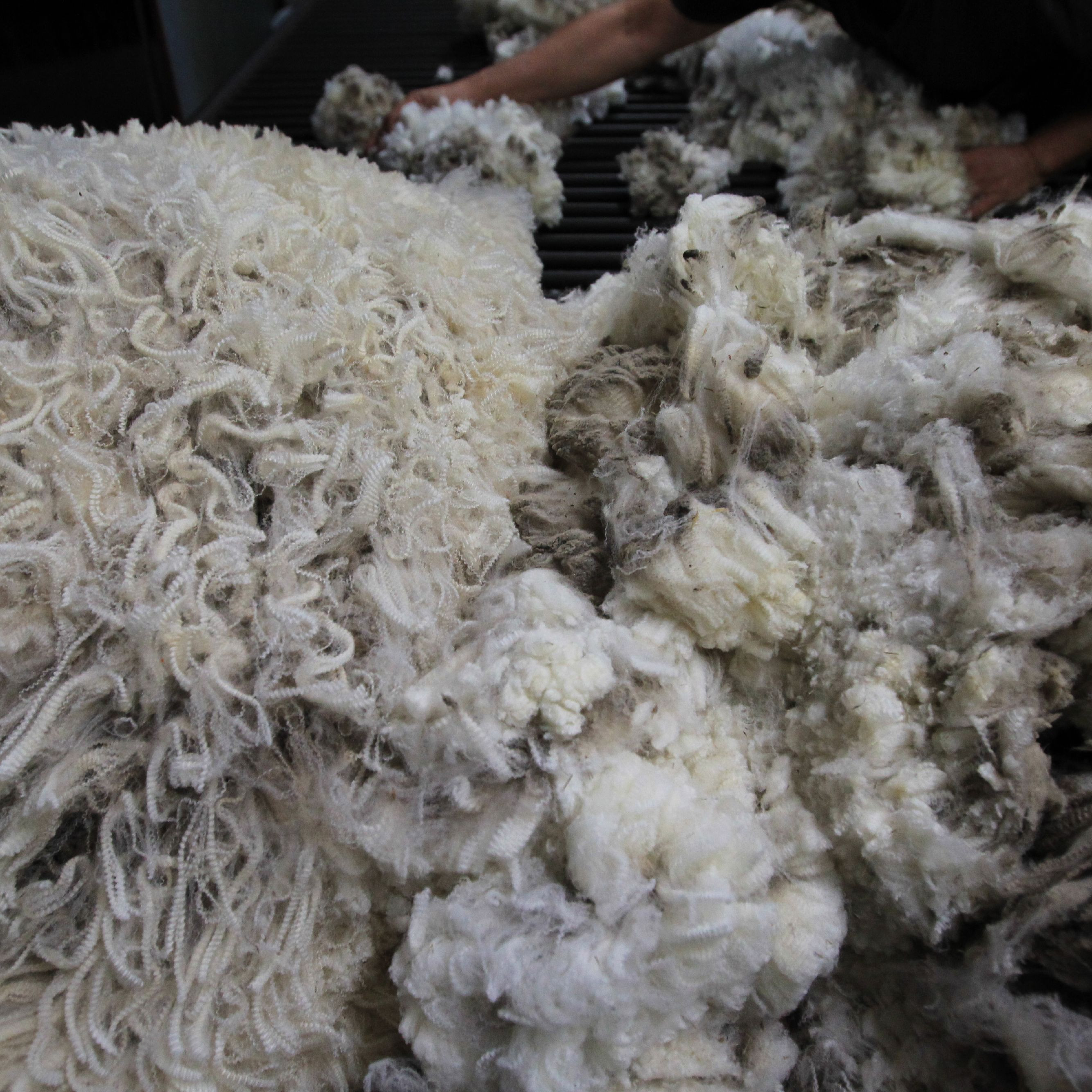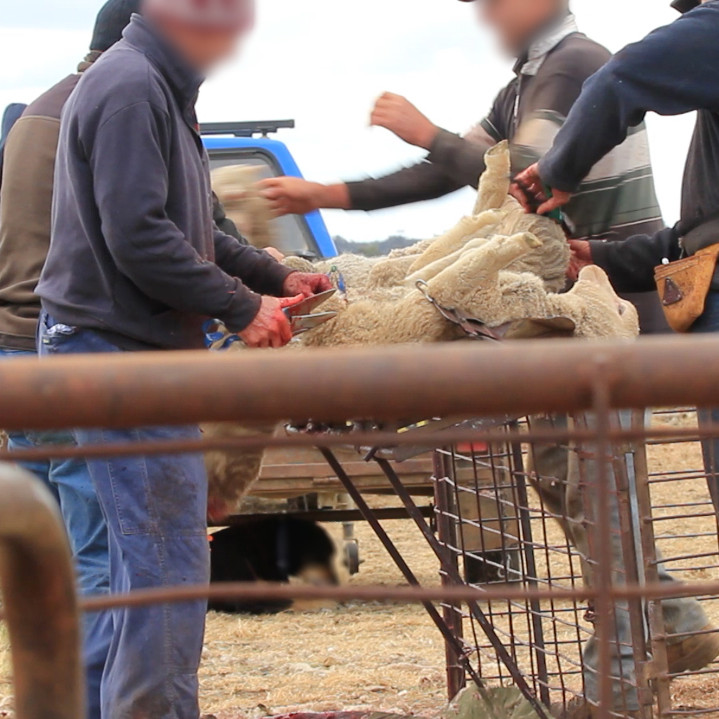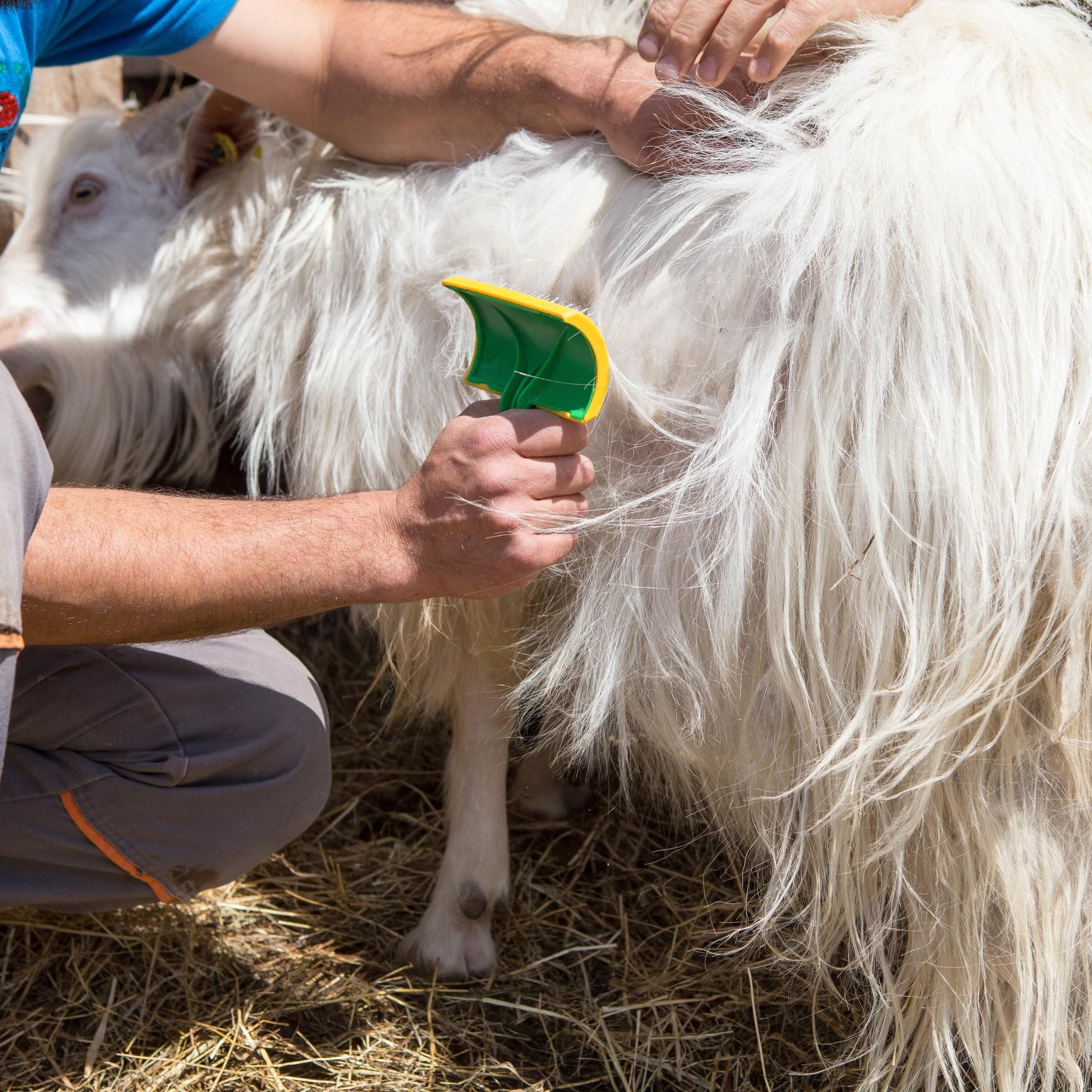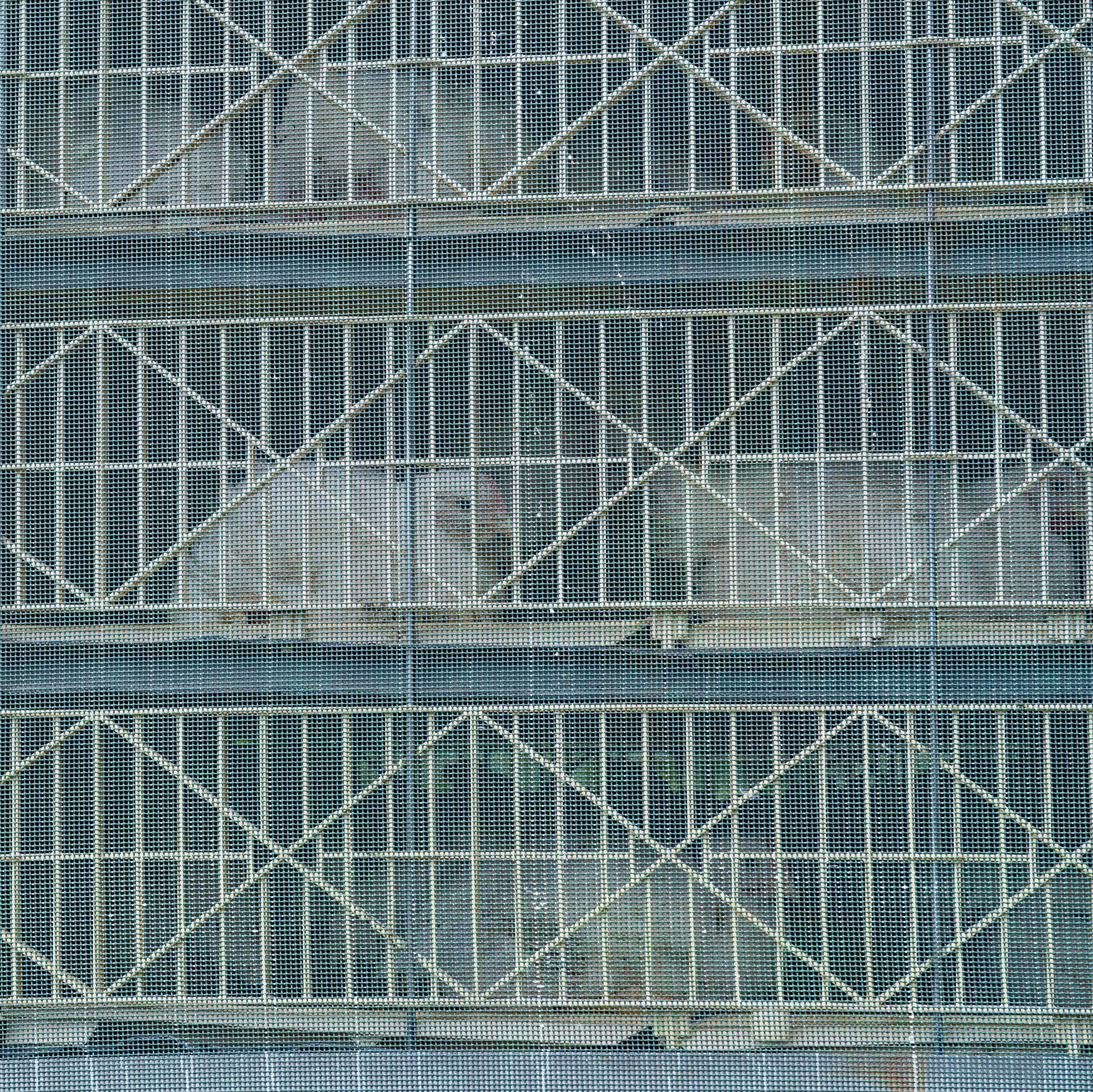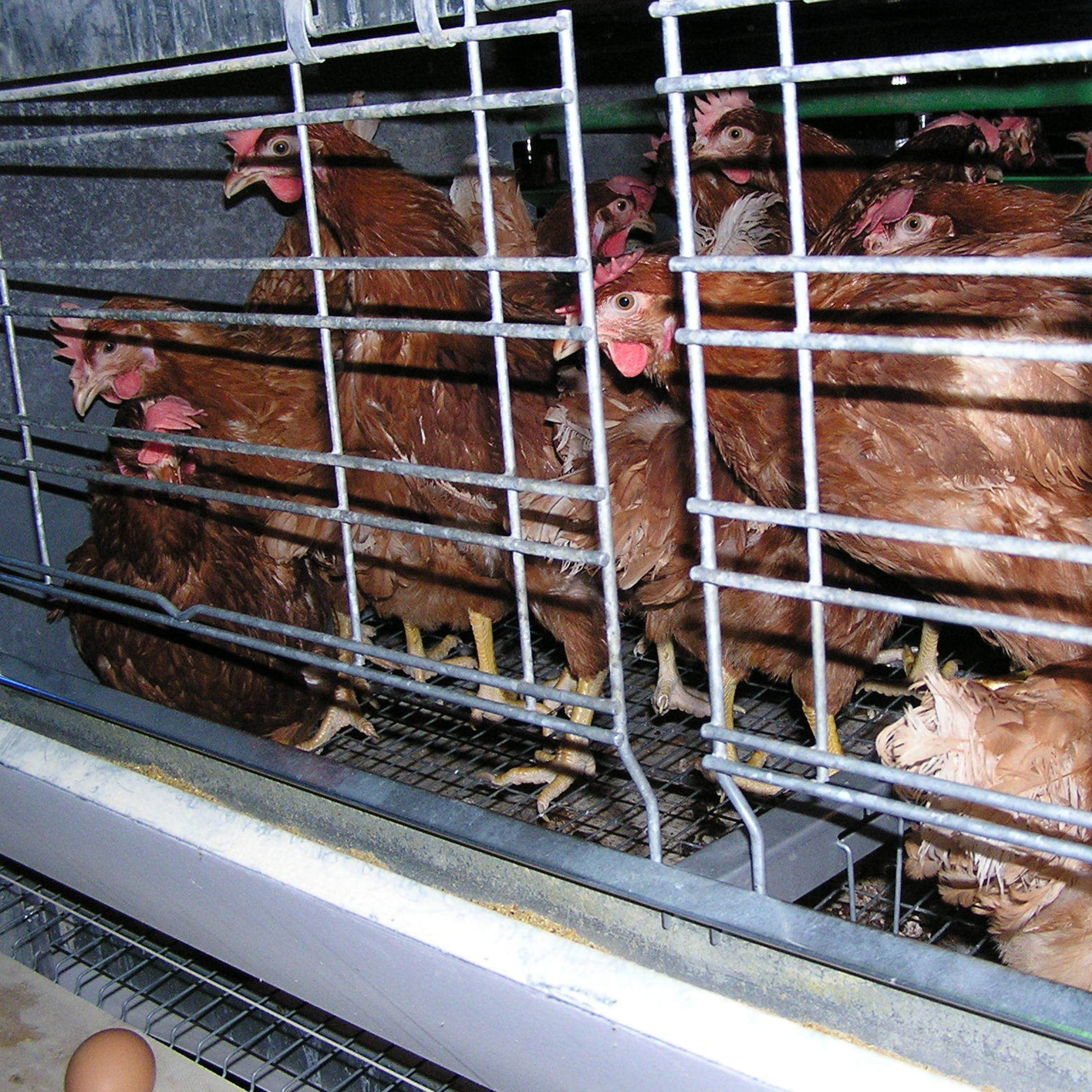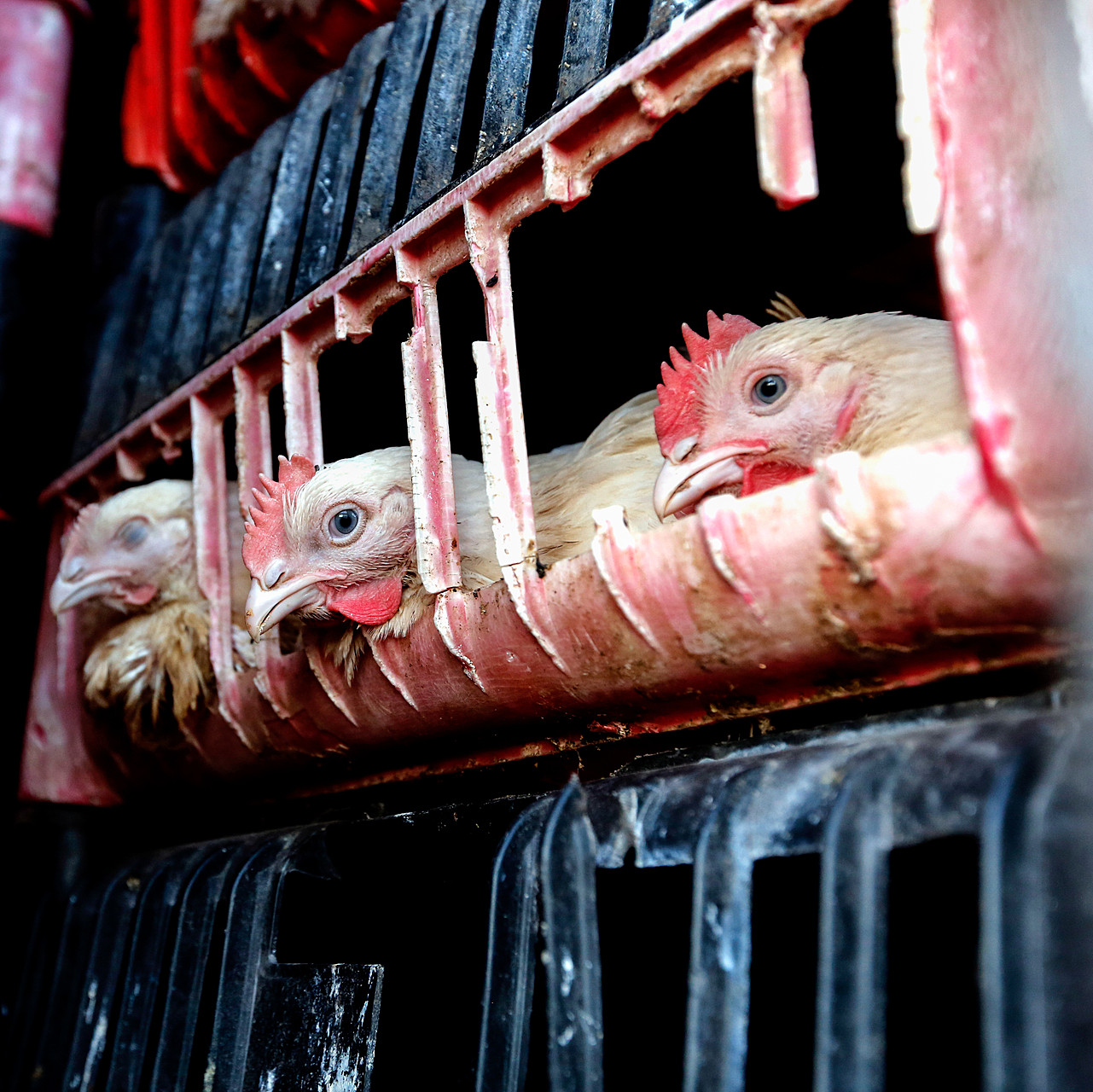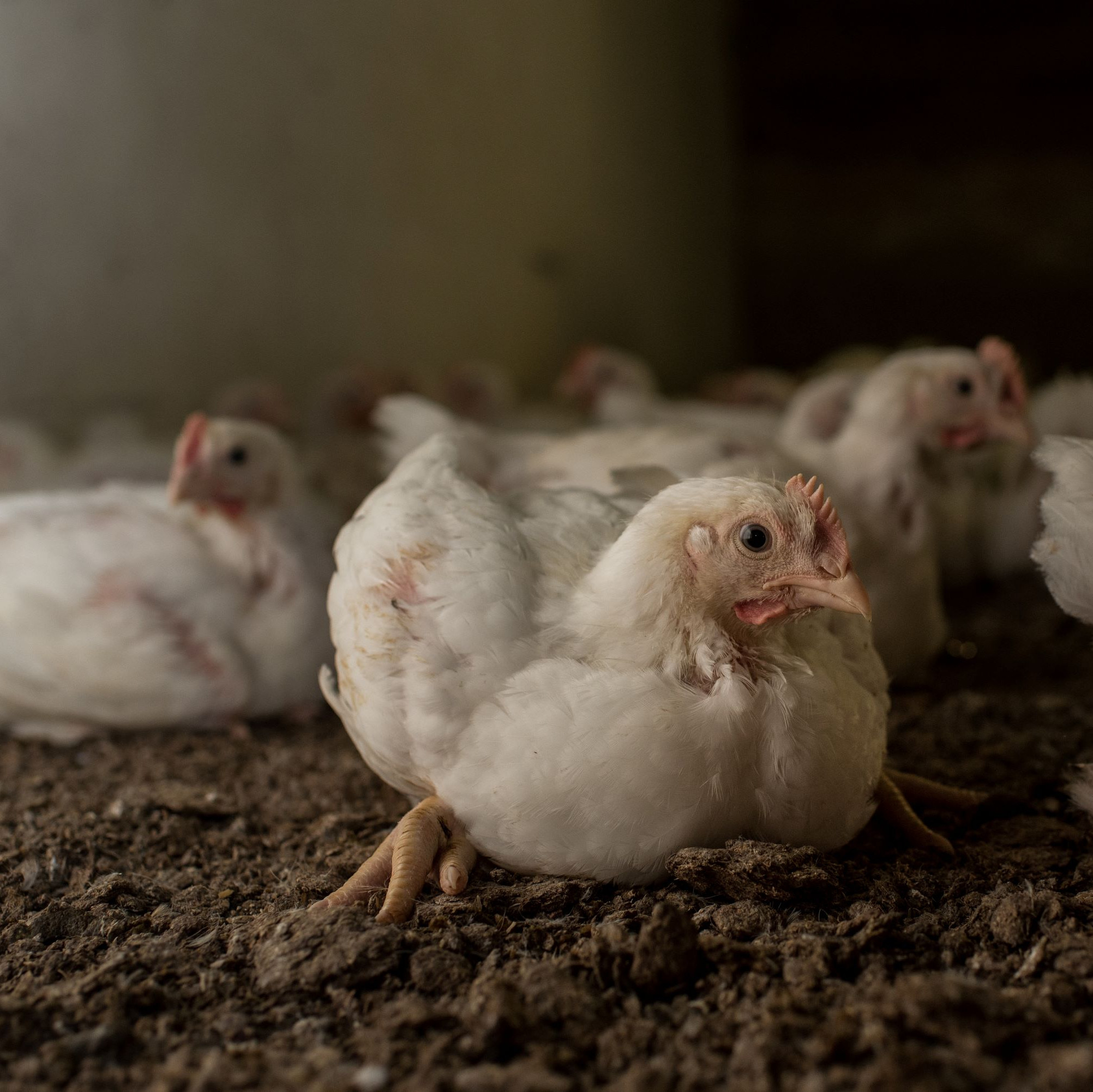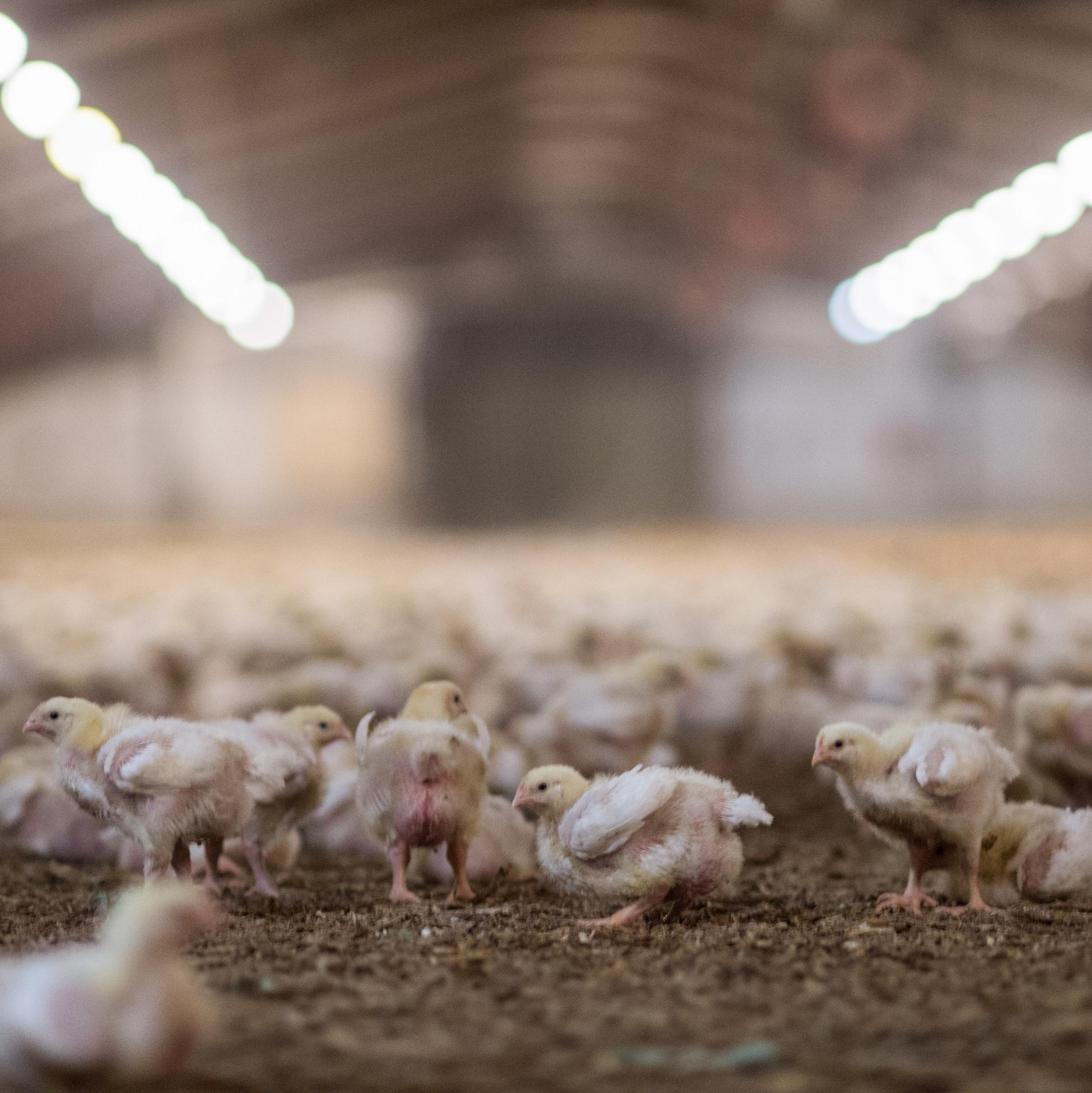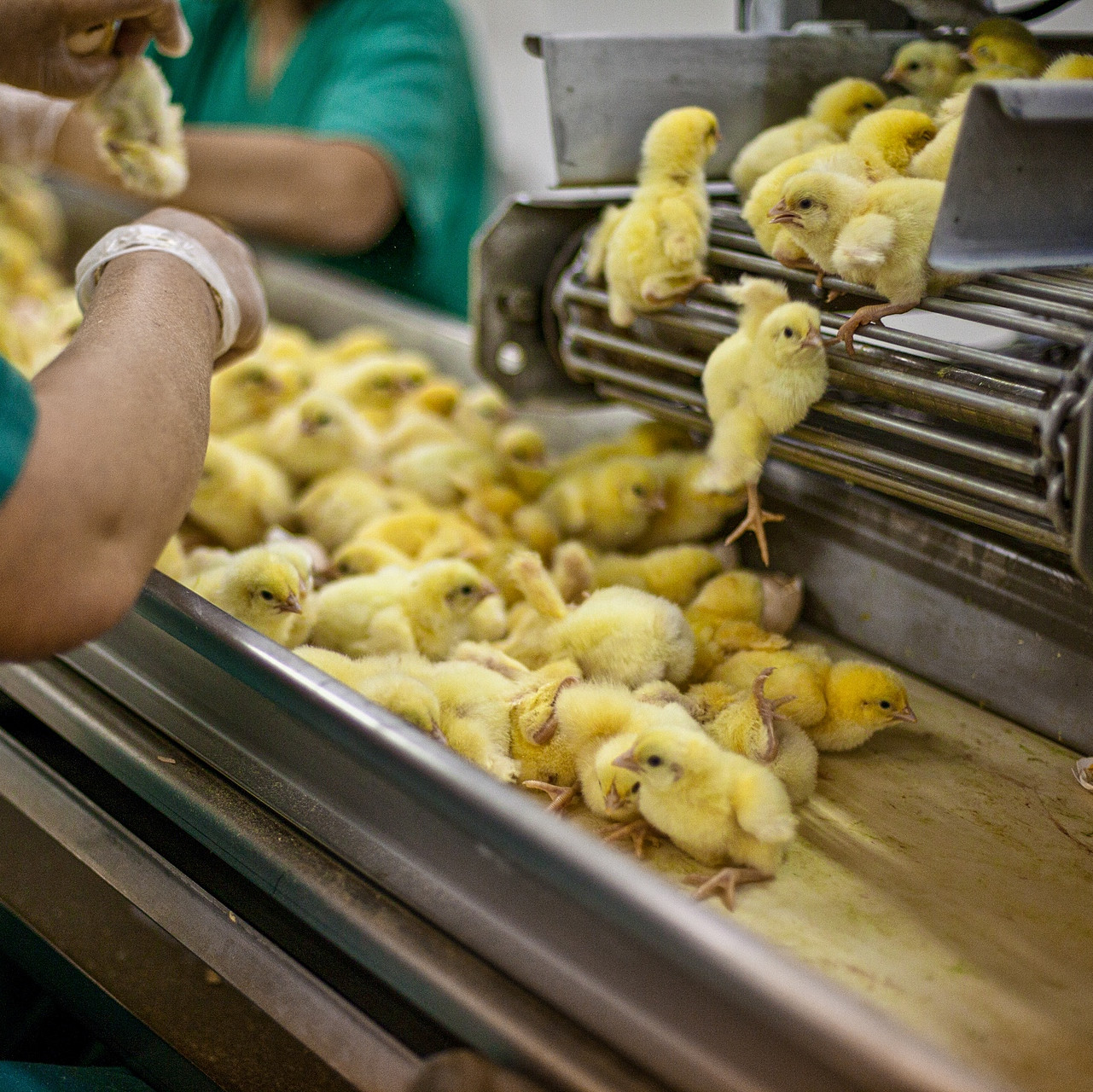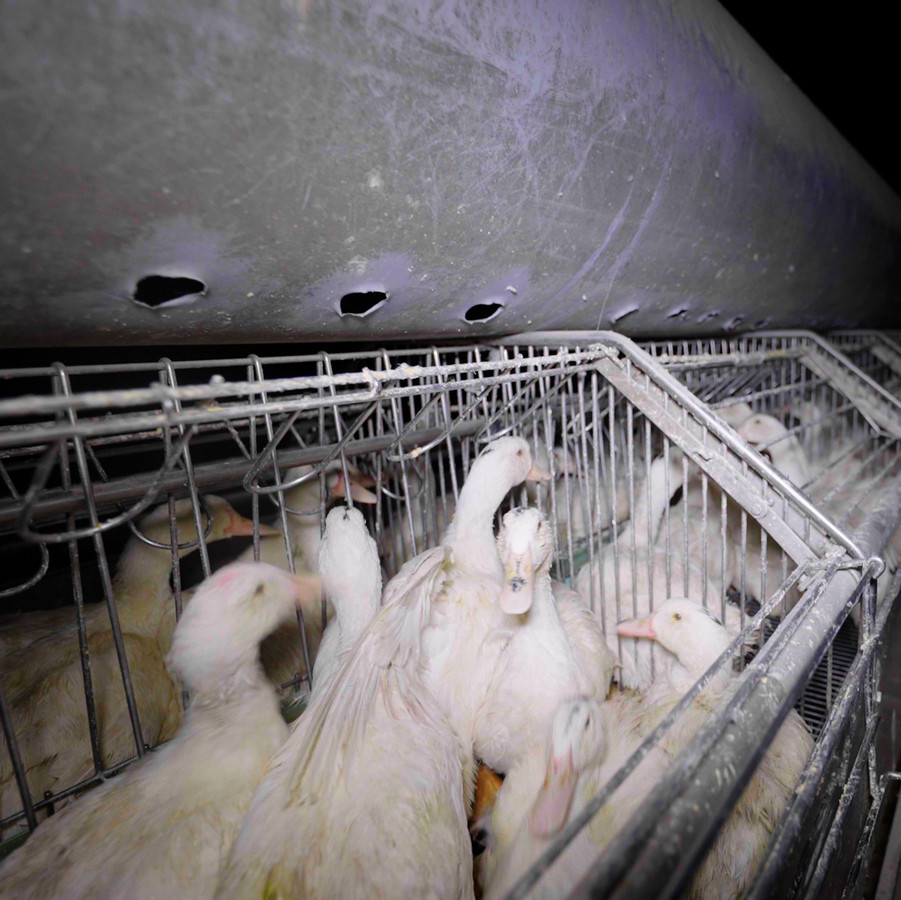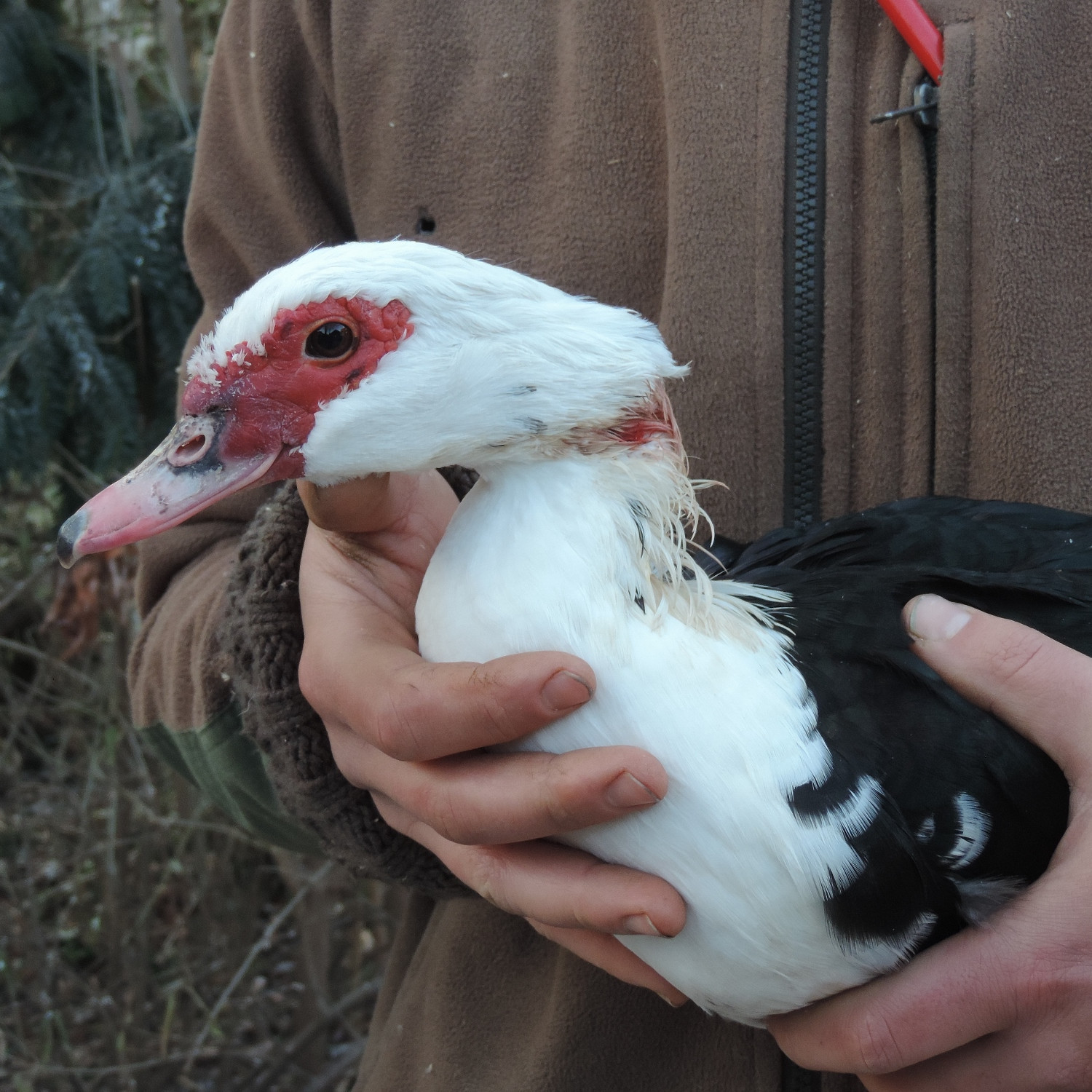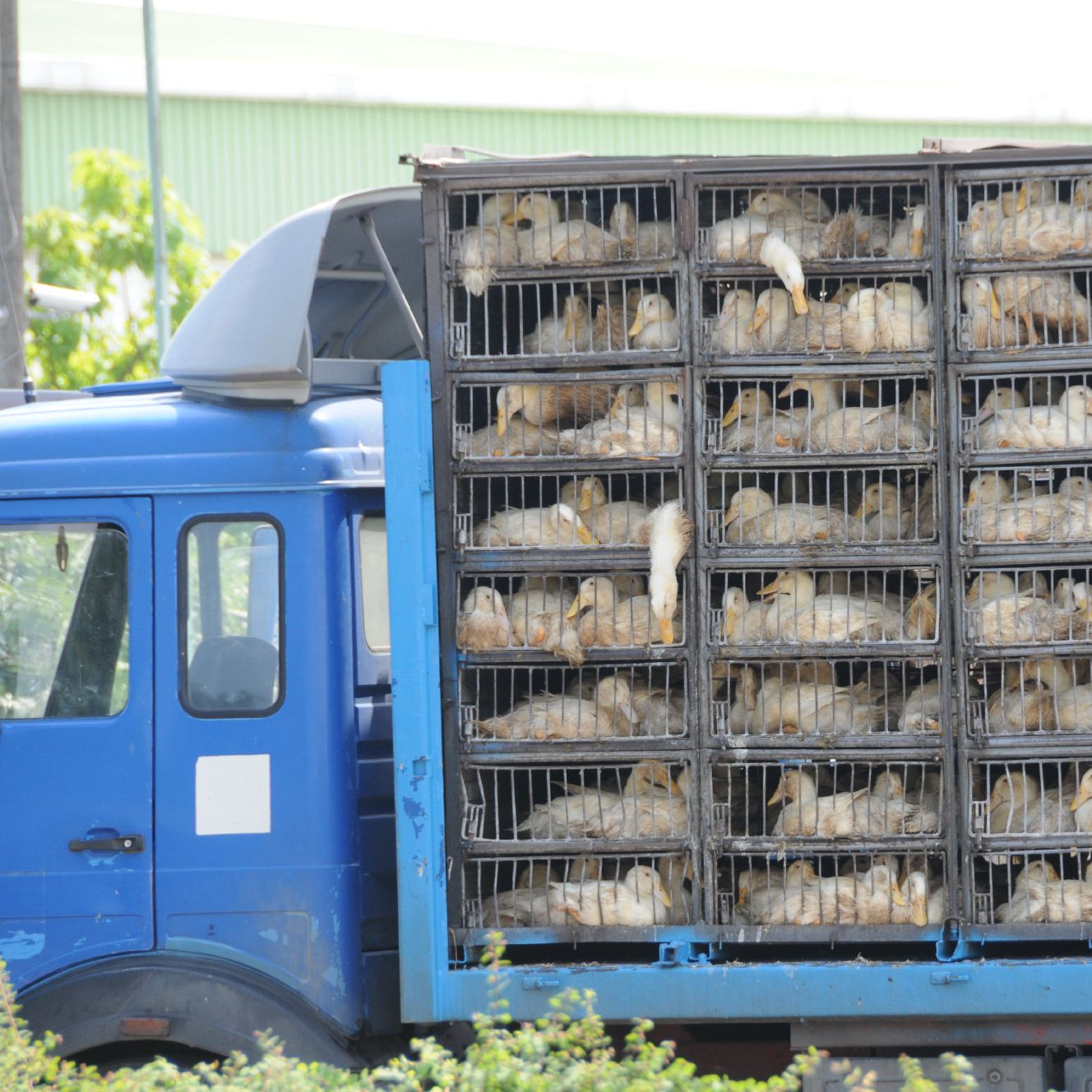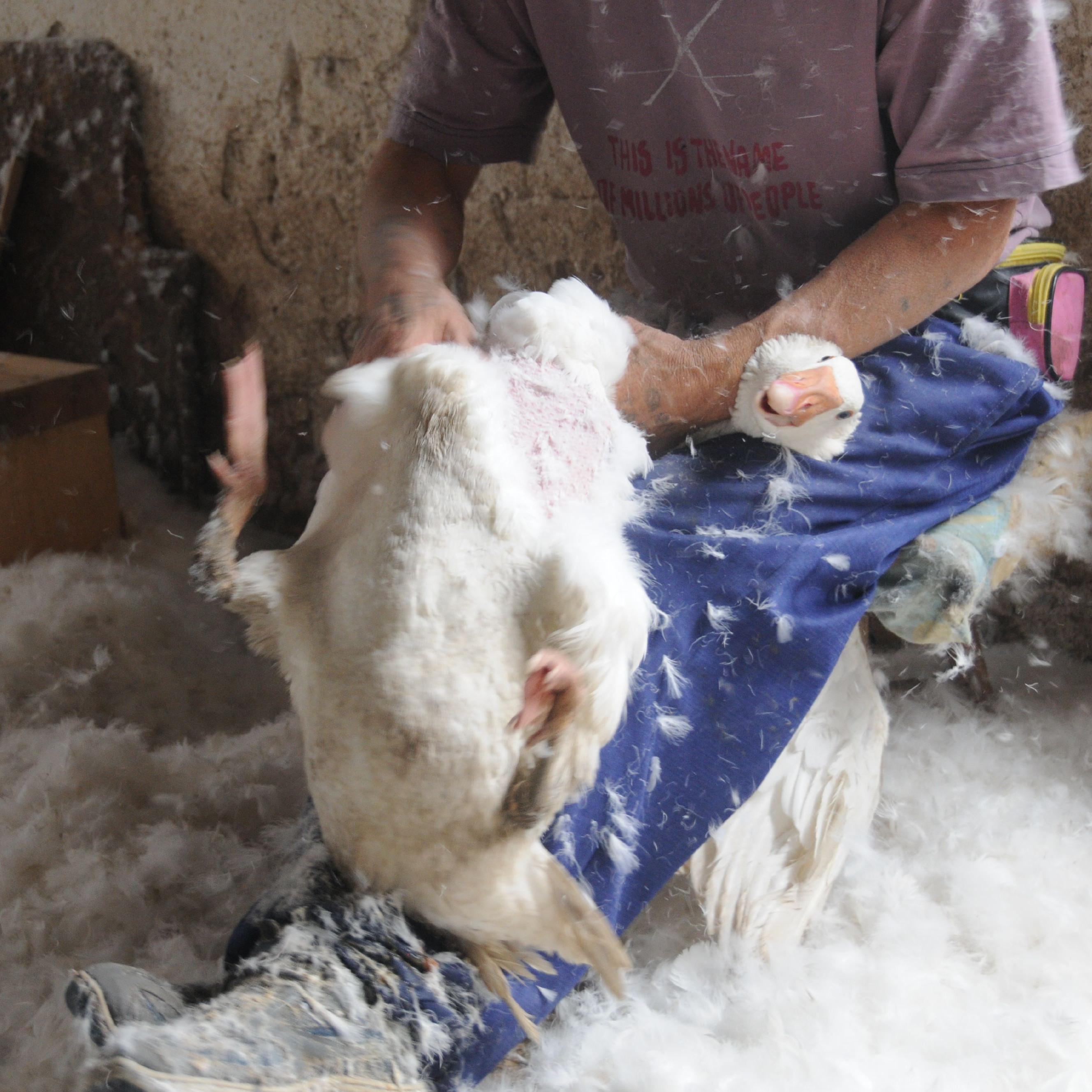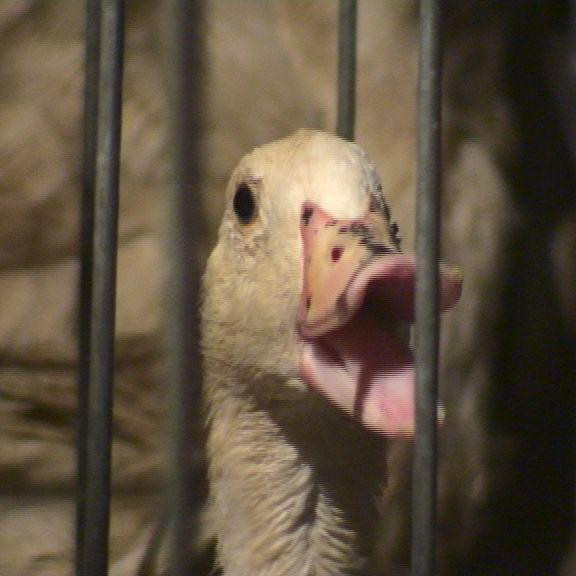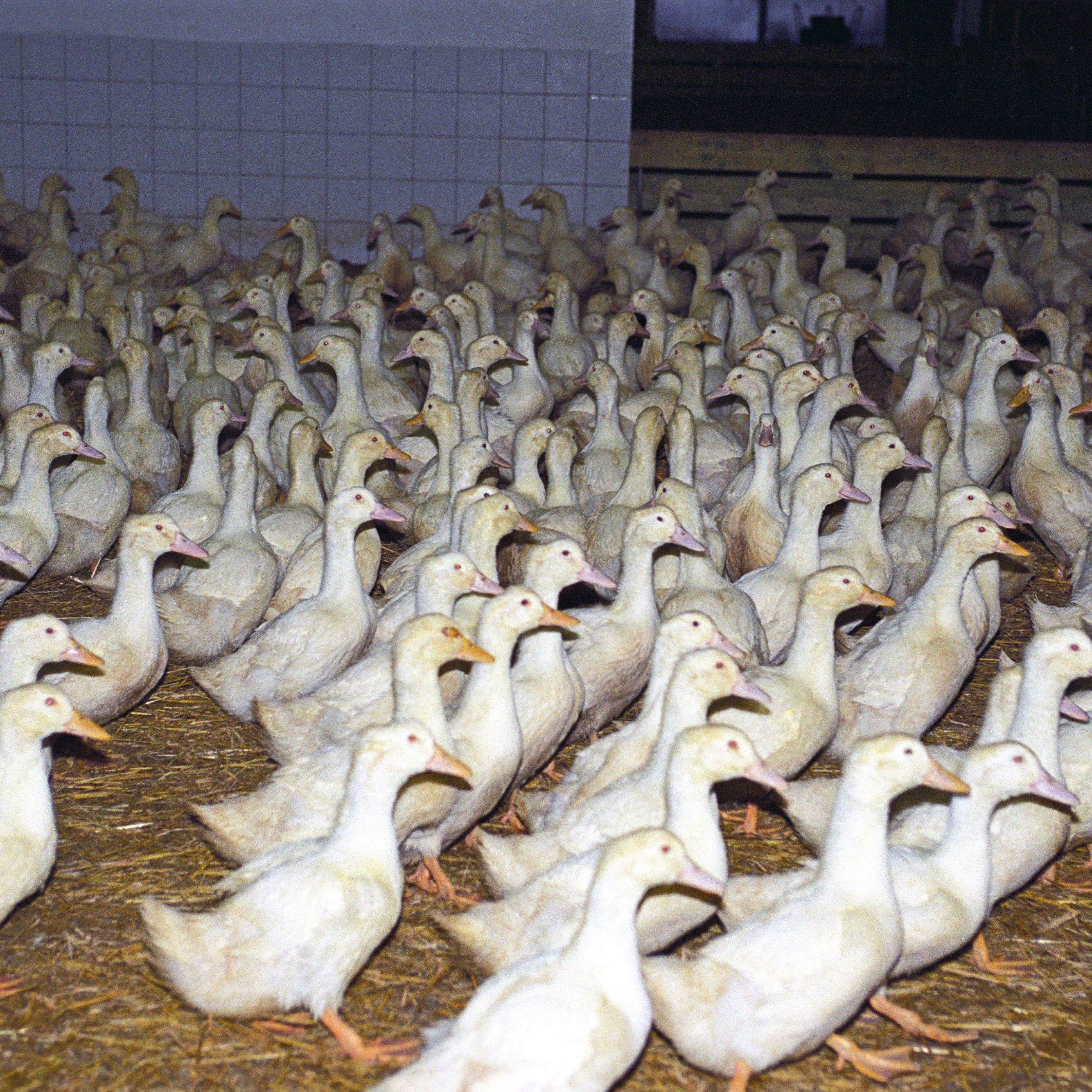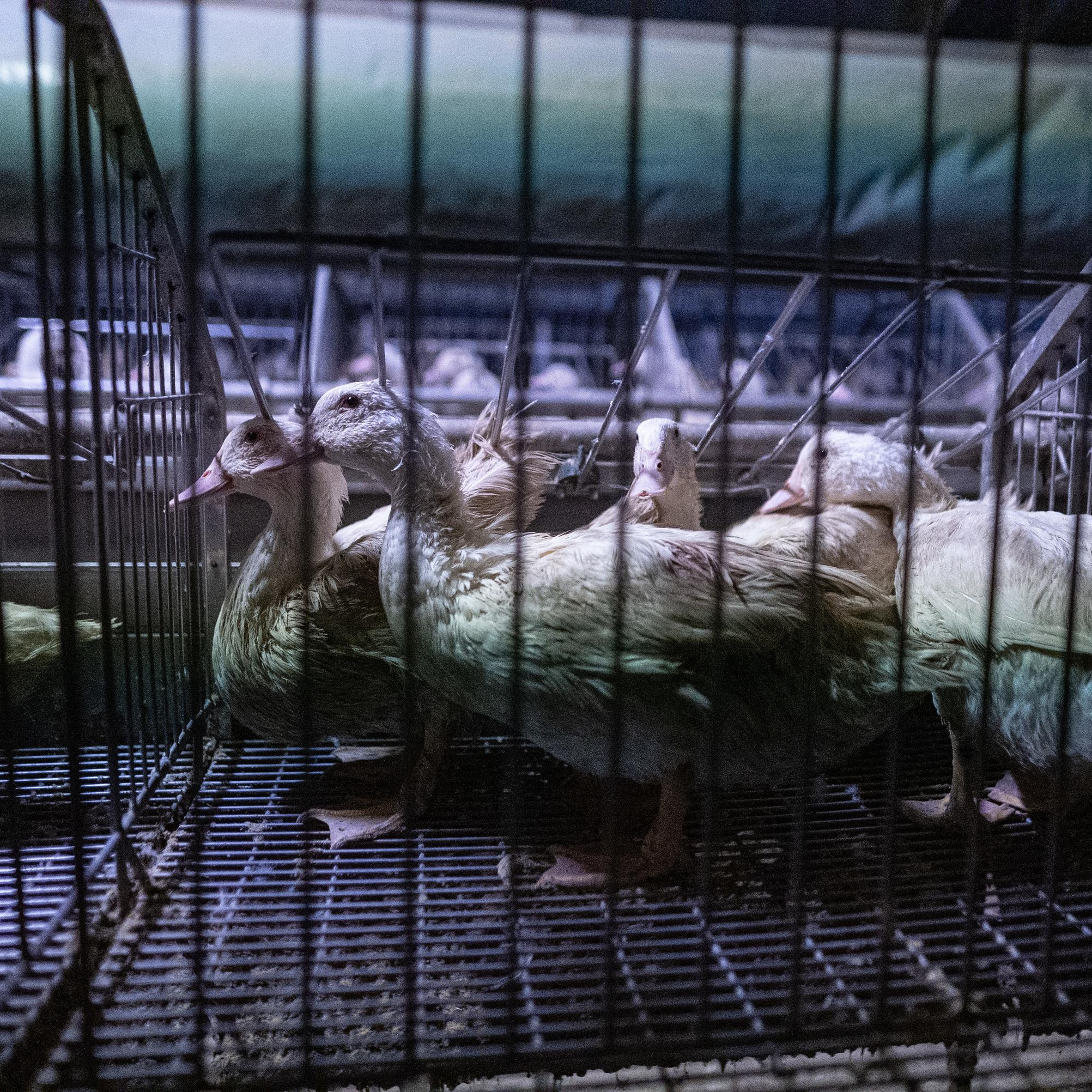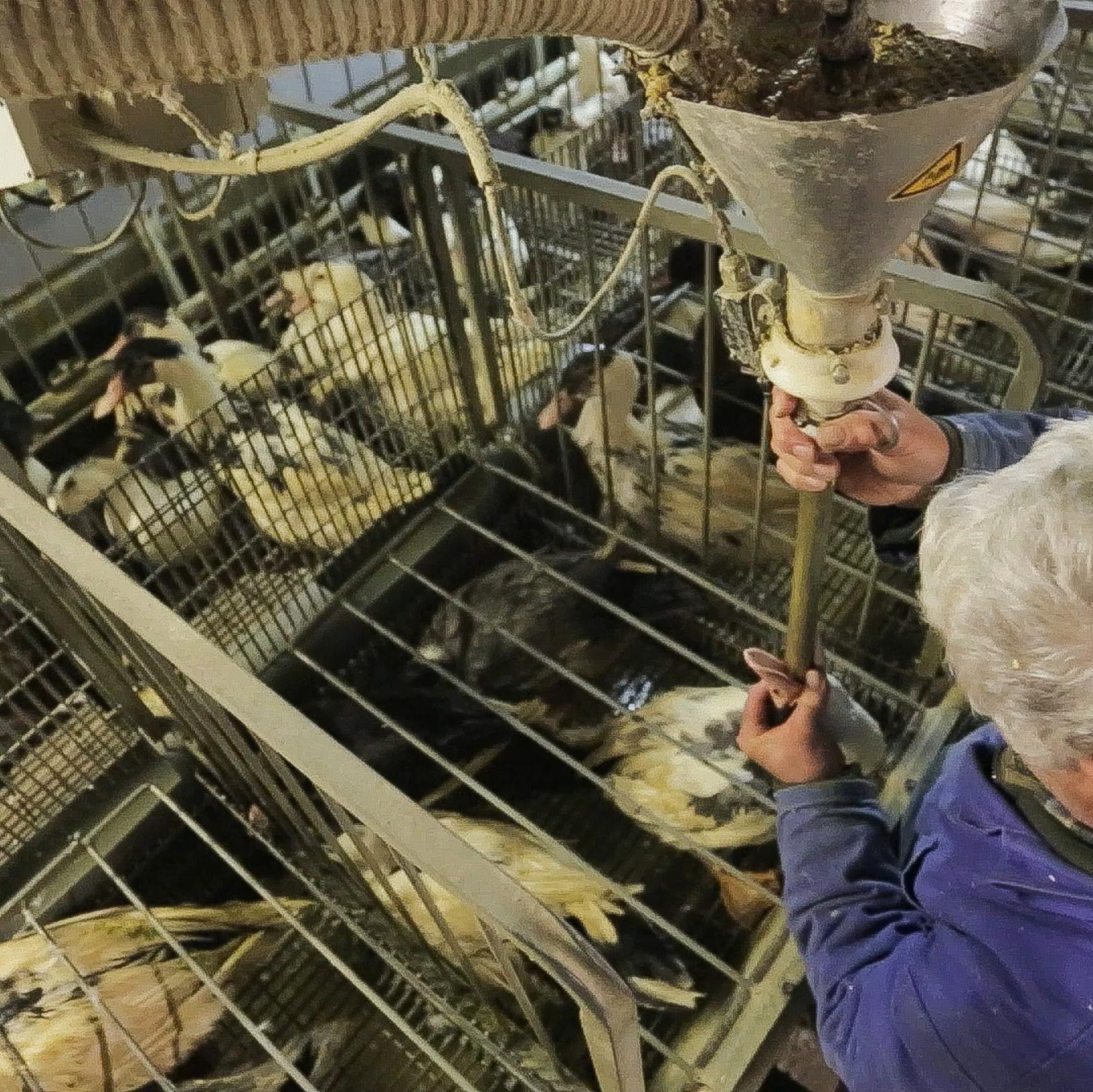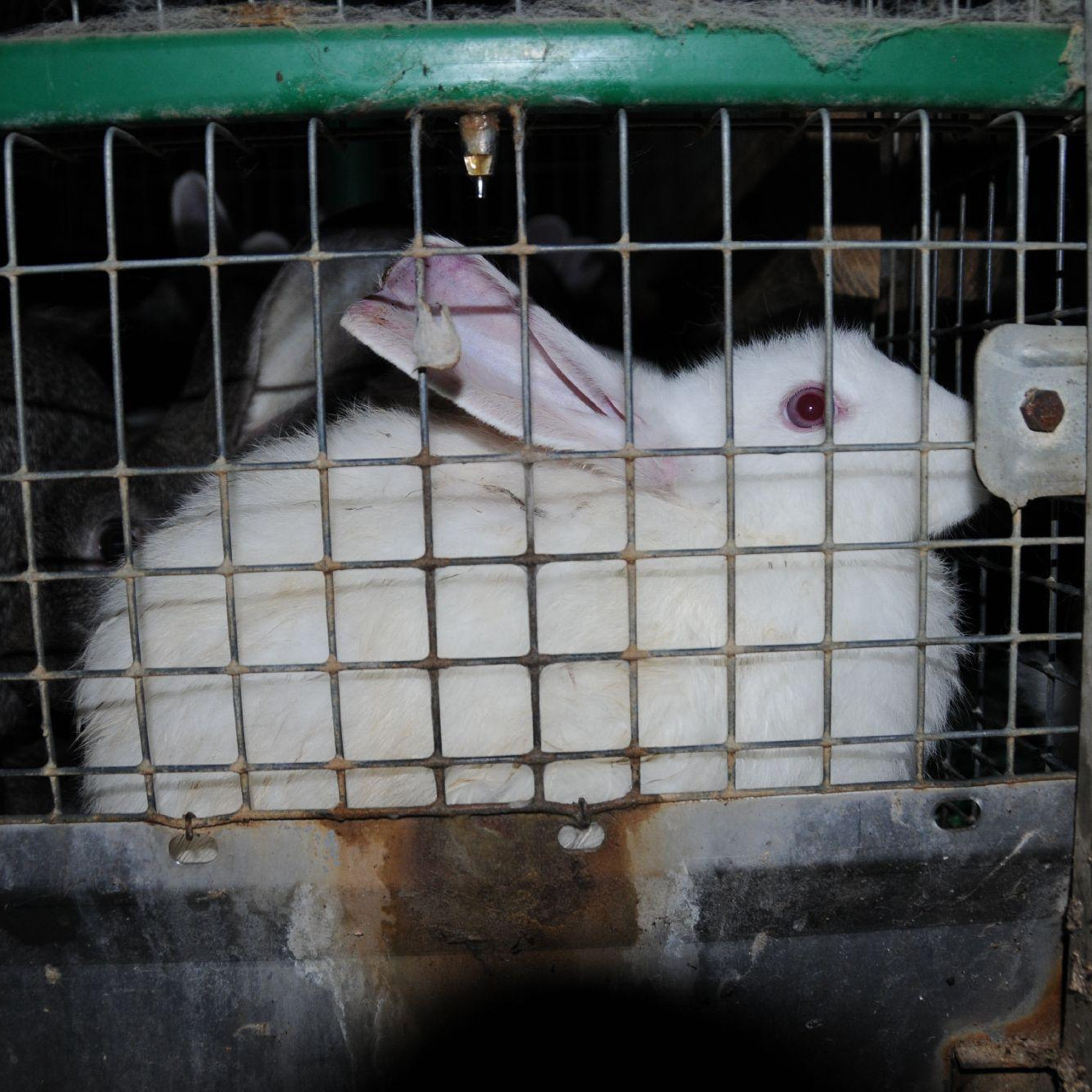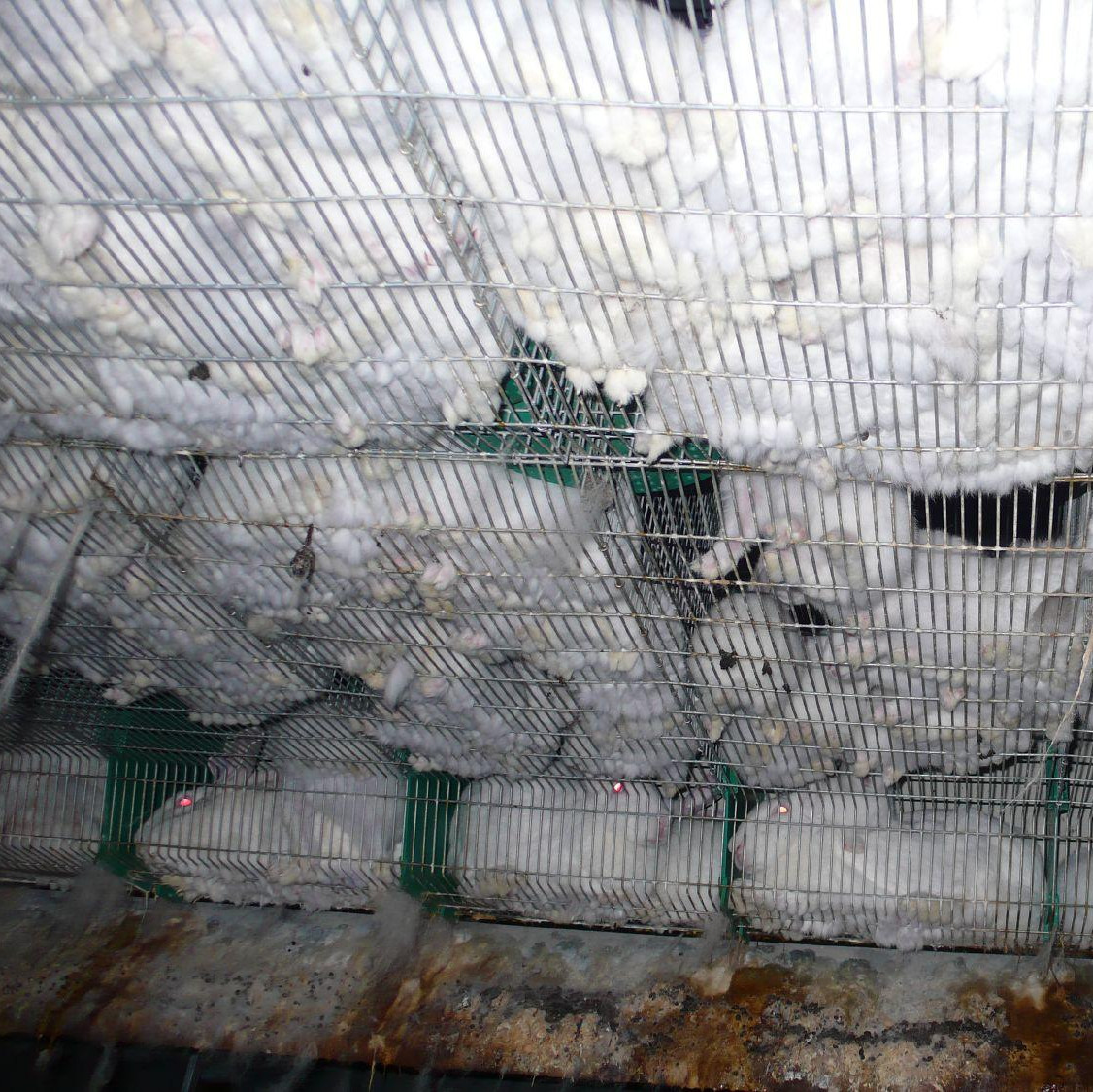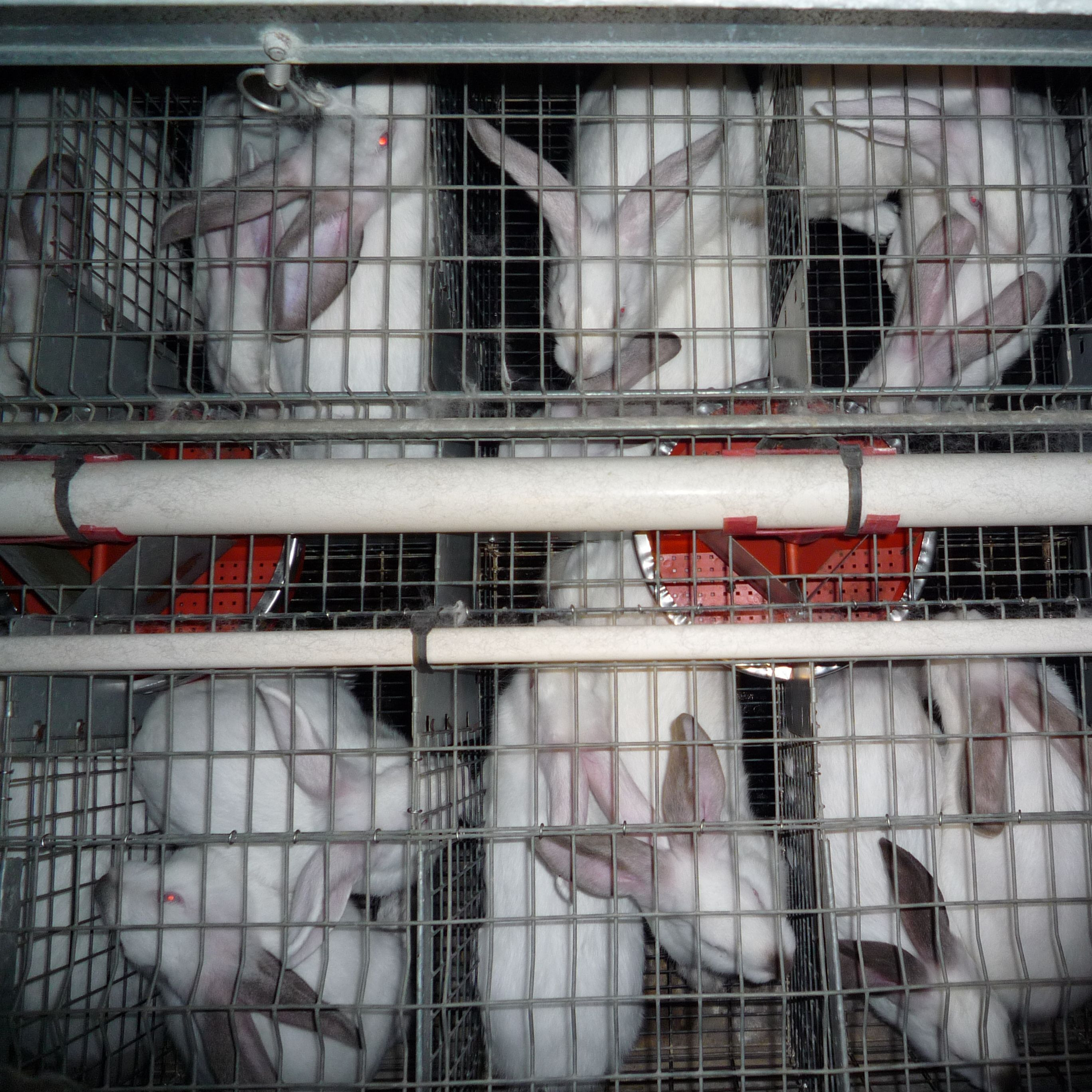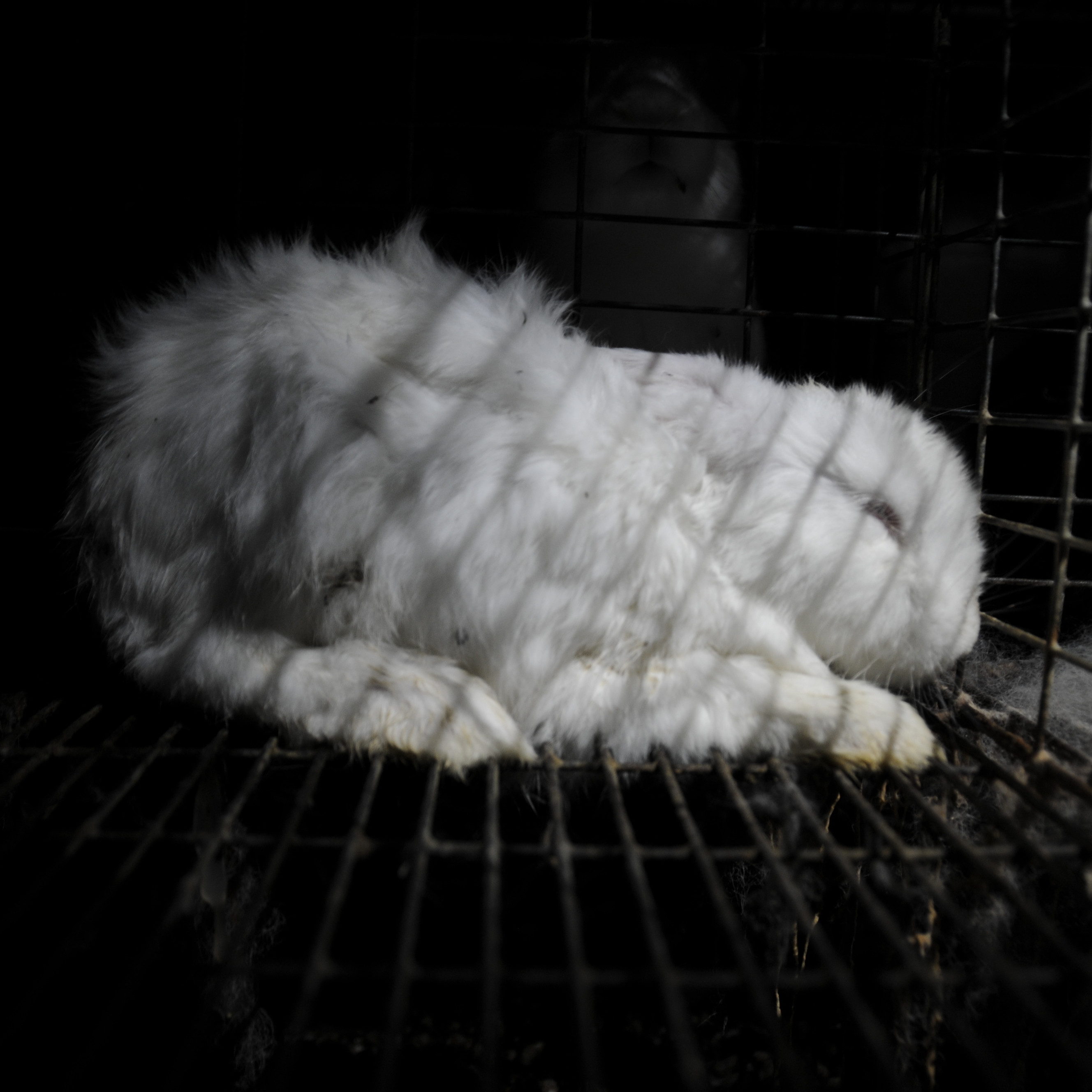
Cruel Practices in Farm Animal Husbandry
Intensive farming systems are causing severe animal cruelty
Worldwide, factory farming systems generally cause severe animal cruelty and subject the animals to systemic suffering, pain, and distress.
Most farmed animals experience negative states of welfare throughout their lives and cannot fulfil their basic needs. Young animals are usually separated from their mothers at a very young age and are then reared artificially and kept individually. This is highly detrimental to their health1,2 as they should be kept in social groups. Many animals receive just the bare essential veterinary care and are commonly subjected to cruel and painful mutilations, e.g. dehorning or castration, without anesthesia and any pain relief. They receive a high-concentrate diet as opposed to a species-appropriate quality diet, which is not only essential for maintaining their physical health, but also gives them the possibility to express their natural behavior. They mostly have no access to an outdoor area or pasture, but are kept in tight cages or stalls, which are lacking in basic amenities. For cattle, pigs, sheep and goats, clean and soft lying space is crucial for the fulfillment of species-specific resting and comfort behavior and claw health as well as for digestion when it comes to ruminants. For poultry, elevated resting is essential to fulfill species-specific resting behavior. However, animals which are kept outside – e.g. cattle in feedlots – sometimes are no better off, as they face muddy conditions and/or heat stress that come with the lack of an actual shelter3.
Once the animals reach a certain stage in their ‘production’, a lot of them are transported for hours, days, or even weeks, often across several country borders either by land or sea. They are then often slaughtered inappropriately in conditions with poor or no animal welfare regulations, most even without prior stunning. Both the transport and the slaughter process cause enormous pain, suffering and distress.
All these cruel practices are common to all kinds of farmed animals worldwide, with slight differentiations amongst species (see below).
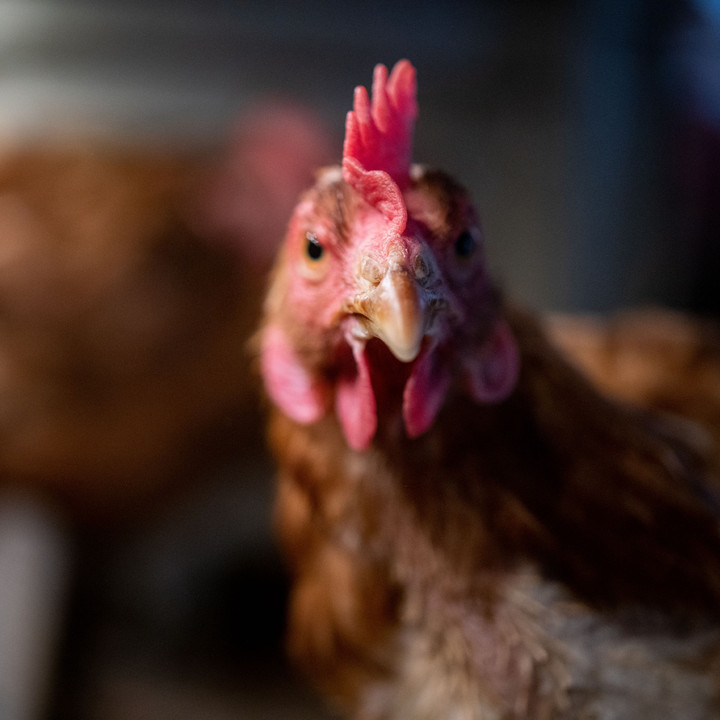
Chickens
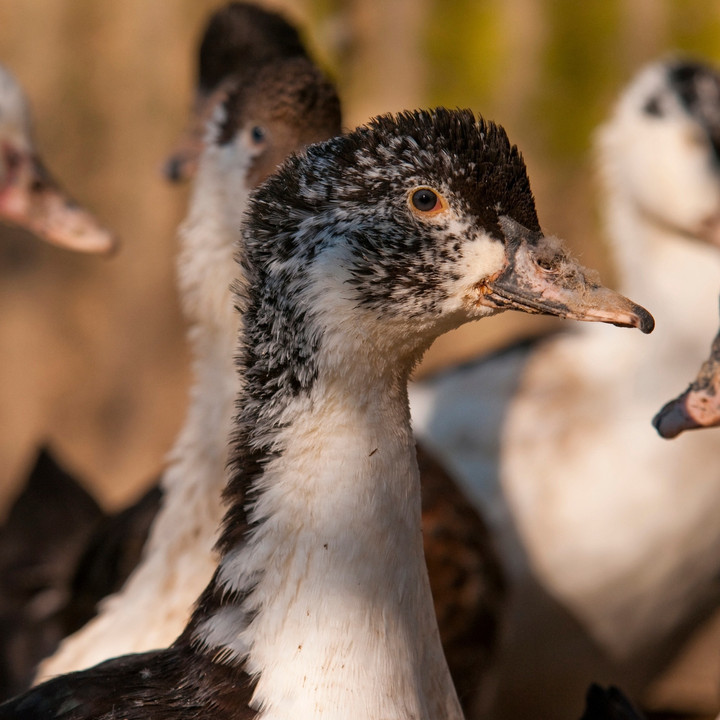
Waterfowl

Turkeys
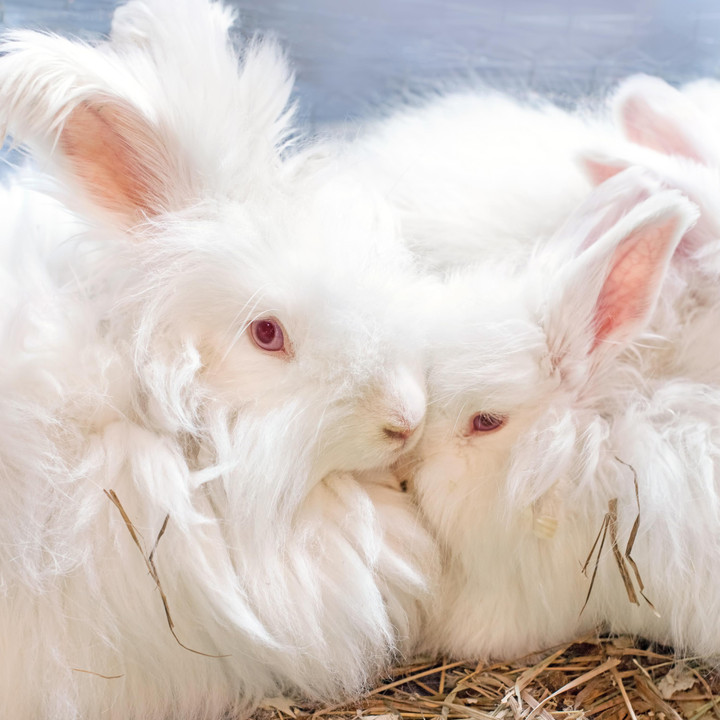
Rabbits
* More information about each cruel practice can be found by clicking on the infographics
Pigs
- High-concentrate feeding
- Keeping of sows in crates
- Torture breeding
- Fully slatted flooring
- Live Animal Transport
- Mutilations
- Cruel slaughter methods
- Separation of piglets from their mother
- Extreme confinement indoors




















Cattle
- Mutilations
- High-concentrate feeding
- Young animals kept in isolation
- Tethering of the animals
- Torture breeding
- Fully slatted flooring
- Separation of calf and mother
- Live Animal Transport
- Cruel slaughter methods




















Sheep
- Mutilations
- Separation of lambs from their mothers (dairy sheep)
- Live Lamb Cutting (Mulesing)
- Bad handling during shearing
- Cruel slaughter methods
- Live Animal Transport
- Torture breeding
- High-concentrate feeding
















Goats
- Mutilations
- Separation of kids from their mothers (dairy goats)
- Bad handling during shearing and combing in wool goats
- Cruel slaughter methods
- Live Animal Transport
- High-concentrate feeding
- Tethering of animals












Chickens
- Mutilations
- Killings of male chicks
- Stocking density in the stalls
- Breeding for extreme performance
- Laying hens in cages
- Live Animal Transport
- Cruel slaugther methods
- Torture breeding
- Cruel handling
- Extreme confinement indoors
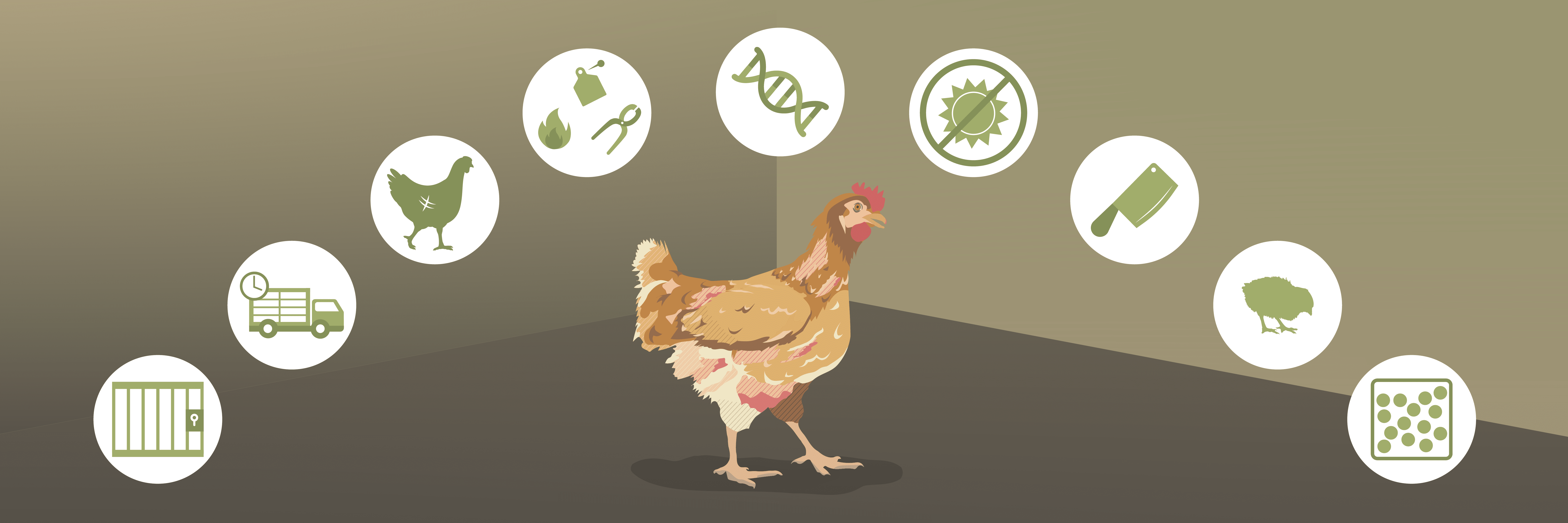



















Waterfowl
- No water access
- Force-feeding (foie gras)
- High stocking density in the stalls
- Live feather plucking
- Cage systems
- Keeping of (solitary) Muscovy ducks
- Live Animal Transport
- Mutilations
- Cruel slaughter methods


















Turkeys
- Extreme confinement indoors
- Cruel handling
- Mutilations
- Live animal transport
- Cruel slaughter methods
- Torture breeding
- High stocking density in the stalls














Rabbits
- Torture breeding
- Cruel handling
- Wire mesh flooring
- Cage systems
- Live animal transport
- Mutilations
- Extreme confinement indoors
- Cruel slaughter methods
- Single keeping of breeding rabbits
















Source
2. De Paula Vieira A, von Keyserlingk MAG, Weary DM. Effects of pair versus single housing on performance and behavior of dairy calves before and after weaning from milk. Journal of Dairy Science. 2010;93(7):3079–3085. doi:10.3168/jds.2009-2516
3. Grandin T. Evaluation of the welfare of cattle housed in outdoor feedlot pens. Veterinary and Animal Science. 2016;1–2:23–28. doi:10.1016/j.vas.2016.11.001
4. Gray H, Davies R, Bright A, Rayner A, Asher L. Why Do Hens Pile? Hypothesizing the Causes and Consequences. Frontiers in Veterinary Science. 2020;7:616836. doi:10.3389/fvets.2020.616836
5. Lee C, Fisher AD. Welfare consequences of mulesing of sheep. Australian Veterinary Journal. 2007;85(3):89–93. doi:10.1111/j.1751-0813.2007.00114.x

